Home » Promotional Products Articles & Guides: Trends & Industry Insights » Promotional Product Safety Standards »
Food Safety in Confectionery
Last Updated: 18 July 2025
Custom confectionery items like branded jelly beans, chocolates, or lollies offer a delightful way to connect with customers of all ages. They don’t just boost your visibility across expo floors or meeting rooms; they delight and increase positive reinforcement for your brand. As an industry authority in branded merchandise across Australia, we understand the risks of giving out custom confectionary items and the responsibility of ensuring food safety. This expert-written guide breaks down everything you need to know about food safety in confectionery items—from meeting Australia’s food safety regulations to its impact on your reputation.
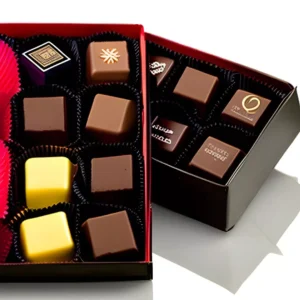
Food Safety Standards in Australia
Australia maintains rigorous food safety standards under the Food Standards Australia New Zealand Act 1991, the Australia New Zealand Food Standards Code, and the Food Standards Australia New Zealand Regulations 1994. Food Standards Australia New Zealand (FSANZ), an independent authority dedicated to safeguarding public health, enforces these laws. FSANZ regulates every food production and distribution stage, including promotional confectionery, with detailed packaging, labelling, storage, and handling guidelines. By following these food safety standards, businesses ensure their branded treats are safe from production to consumption, fostering consumer trust and regulatory compliance.
Do Confectionery Products Pose a Food Safety Risk?
Confectionery is an ideal merch for promotions because it is classified as a “ready-to-eat” food under the Food Standards Code. Unlike high-risk foods like dairy or raw meat, confectionery is considered low-risk, as it does not support the growth of pathogenic microorganisms or toxin formation. The Food Standards Code identifies several low-risk food categories suitable for giveaways, including:
| Biscuits and crackers | Fruit cake | Plain cakes |
| Bottled marinades | Fruit juices | Raw whole fruit and vegetables |
| Bottled pasta sauces | Hard cheeses | Salad dressings |
| Bottled salsas | Honey and jam | Sauces — asian/soy, ketchup style |
| Confectionary | Nuts in the shell | Salted dried meats |
| Dried fruit | Peanut butter | Unopened canned foods |
| Dry goods | Pickles | Yoghurts |
| Fermented dried meats | Plain breads and bread rolls |
Even though sweets are not considered potentially hazardous, the Food Standards Code laid out guidelines for packaging and labelling them.
Australian Food Laws for Confectionery
As the Food Standards Code mandates, candies and other confectionery products should be packaged because unpackaged ready-to-eat foods have a greater chance of becoming contaminated than those not. If not correctly packaged, ready-to-eat foods like sweets can thus become potentially hazardous.
Packaging Standards for Safety
Effective packaging is the first line of defence against contamination. The Food Standards Code mentions that packaging must be:
- Food-Grade Materials: The use of BPA-free materials is necessary to eliminate the risks of contamination.
- Contamination Protection: Your chosen packaging must protect the food from dust, moisture, and bacteria that could contaminate it.
- Recycled Materials: Eco-friendly recycled packaging is permitted, provided it meets stringent food safety standards and poses no risk to the product.
Clear and Accurate Labelling
Ensuring your labels are not misleading and providing accurate product information is essential. The Food Standards Code mandates the following on confectionery labels:
- Name of the food
- Production ‘lot’ of the food
- Name and business address
- Mandatory warning statements
- List of ingredients
- Date marking
- Nutrition information panel
- Directions for use and storage
- The country of origin of the product and its ingredients
So, as long as you comply with these food safety regulations, you won’t have issues giving away personalised confectionery to the public. You should also perform due diligence before committing to a custom printed lollies supplier to ensure they adhere to all applicable regulations.
Storage and Handling Best Practices
Proper storage and handling are crucial to maintaining confectionery quality and safety throughout the supply chain.
- Custom chocolates require storage below 25°C to prevent melting or bloom, a white coating caused by fat or sugar crystallisation.
- Branded lollipops should be kept in low-humidity environments to avoid stickiness or spoilage.
Choosing a Reliable Supplier
Choosing a reliable supplier for custom confectionery is crucial to ensuring that the sweet treats you give your valued customers not only put a smile on their faces but are also safe and regulated.
Here are the aspects you need to consider when choosing a supplier for custom confectionery:
- Confirm the supplier’s compliance with FSANZ regulations and verify relevant certifications.
- Request detailed documentation on packaging materials and safety testing procedures.
- Ensure labelling adheres to all Food Standards Code requirements.
- Evaluate the supplier’s storage and distribution practices to guarantee product quality.
Make Your Brand Memorable—Safely and Sweetly
Custom confectionery can work wonders for your brand—but only when done right or when you work with a supplier who knows how to do it right. Our team at Cubic Promote understands the importance of creating something fun and engaging without compromising safety. Explore our range of custom confectionery items today, and let’s help you deliver delightful and safe giveaways.



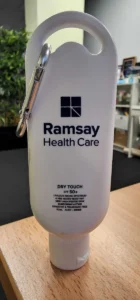
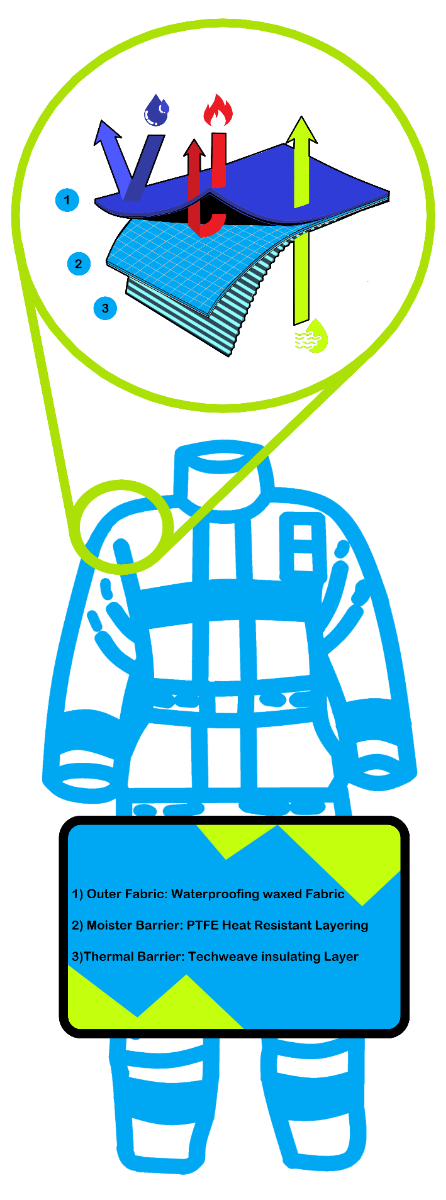




 Sale
Sale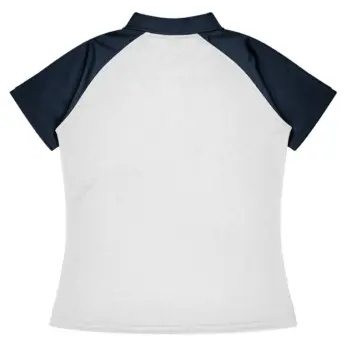

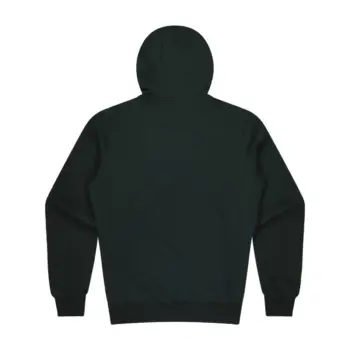
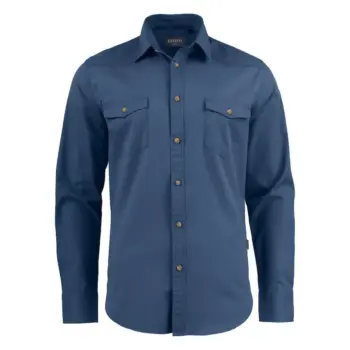
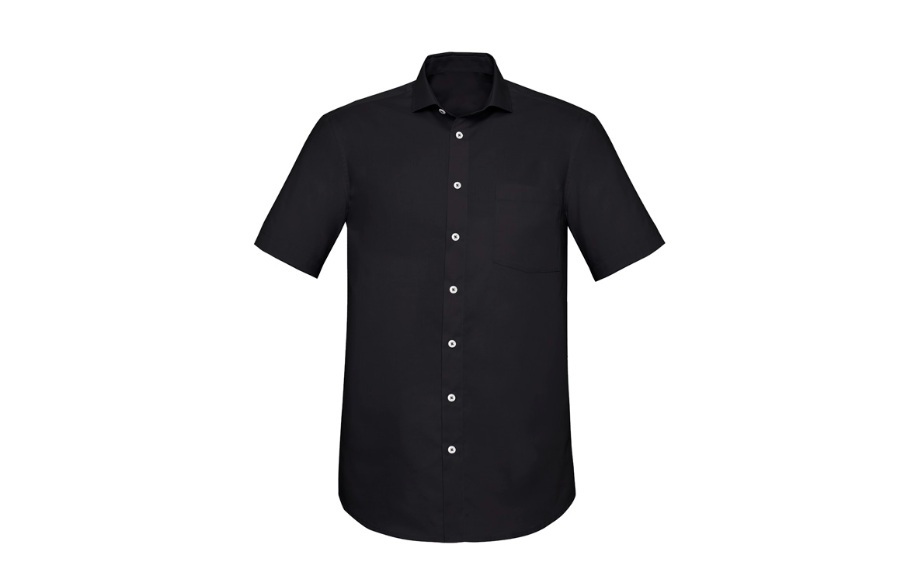 Corporate Uniforms
Corporate Uniforms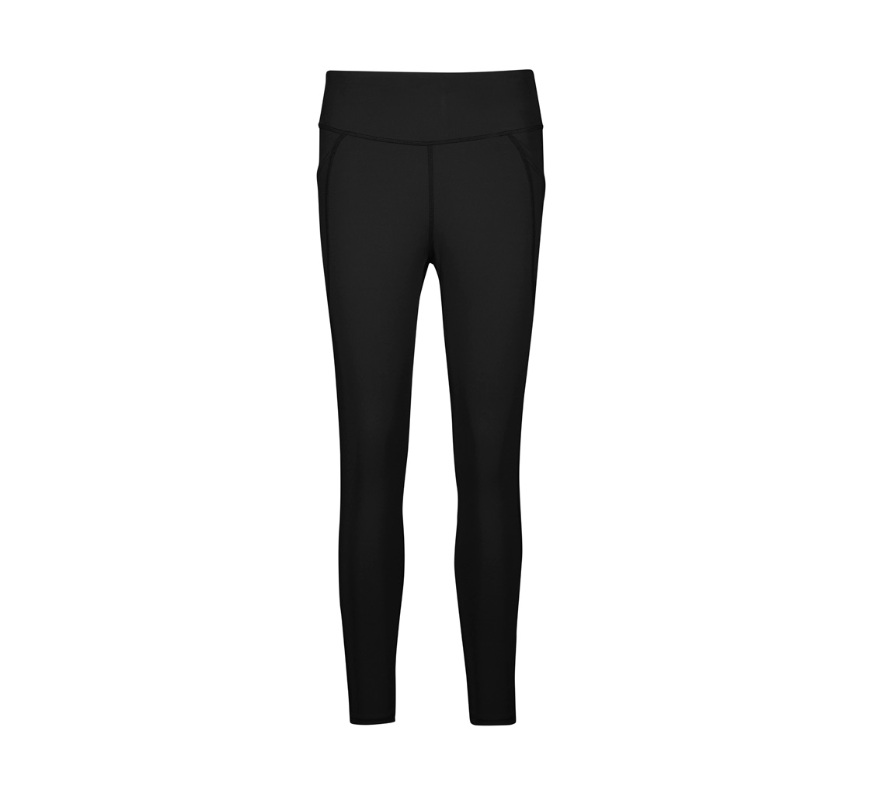 Eco Apparel
Eco Apparel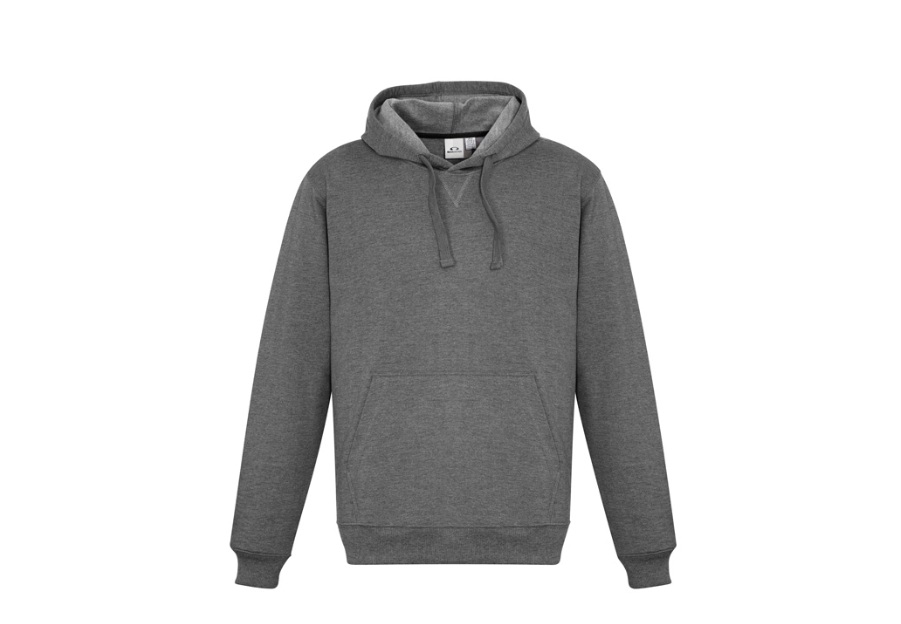 Hoodies & Sweaters
Hoodies & Sweaters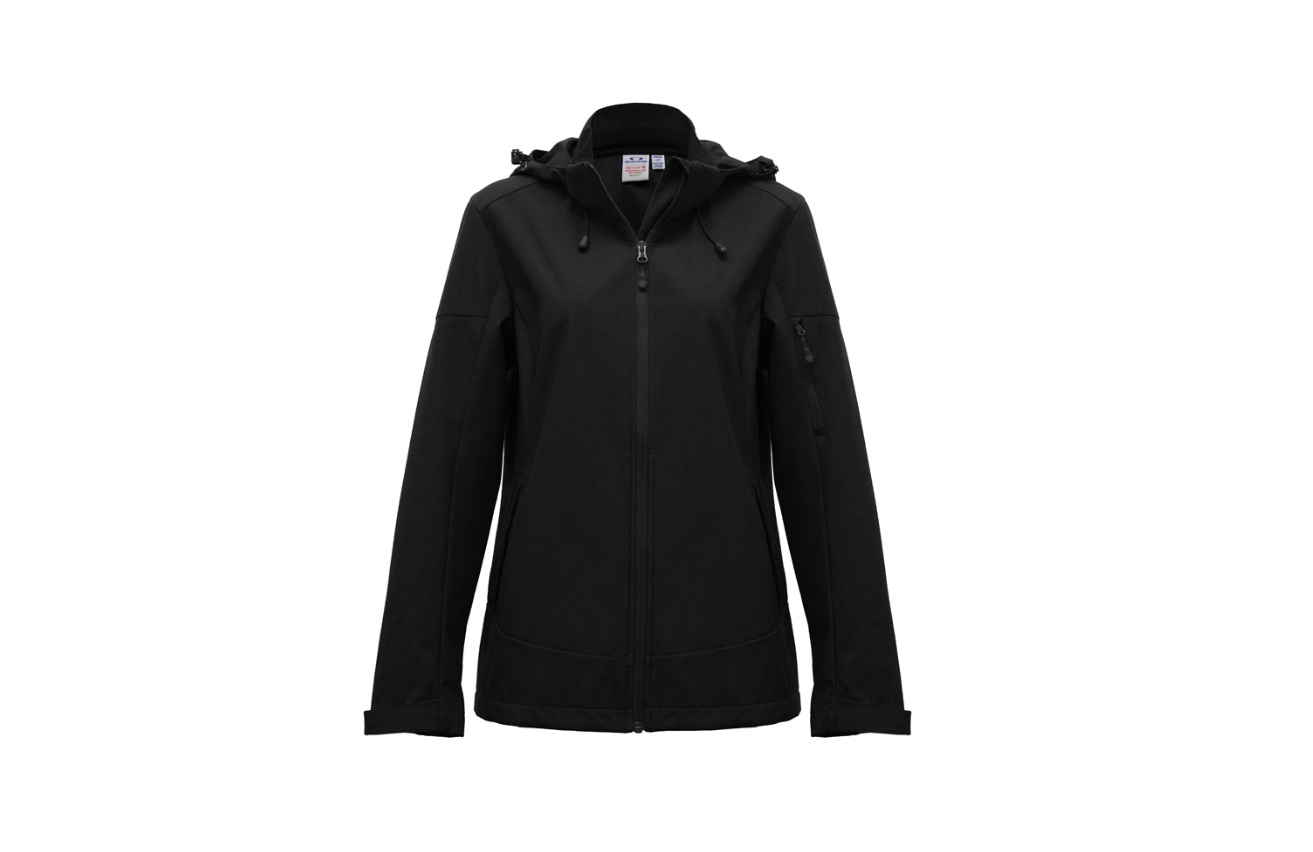 Jackets
Jackets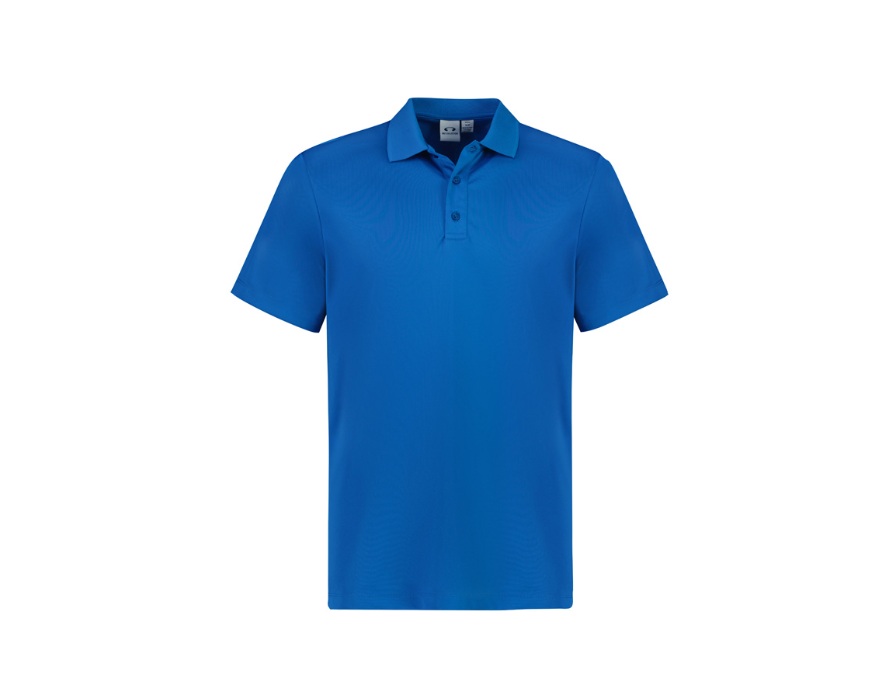 Kids' Clothes
Kids' Clothes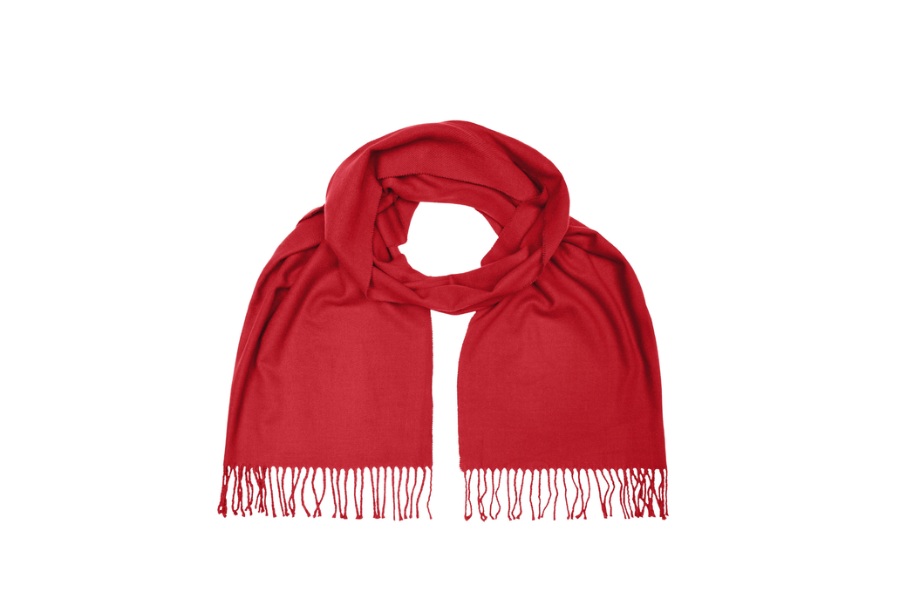 Other Apparel
Other Apparel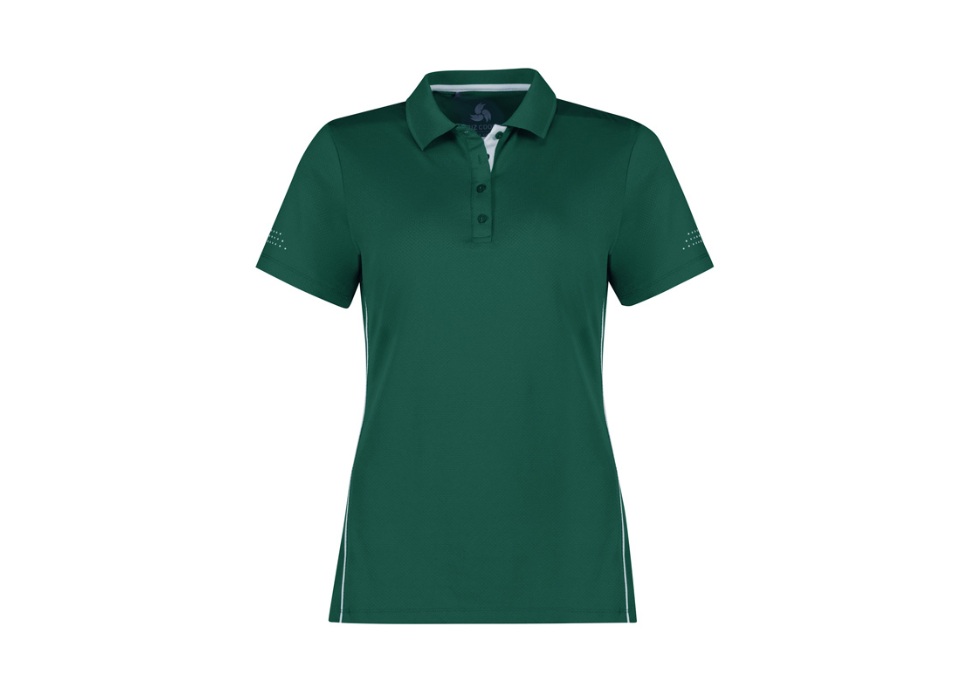 Polo Shirts
Polo Shirts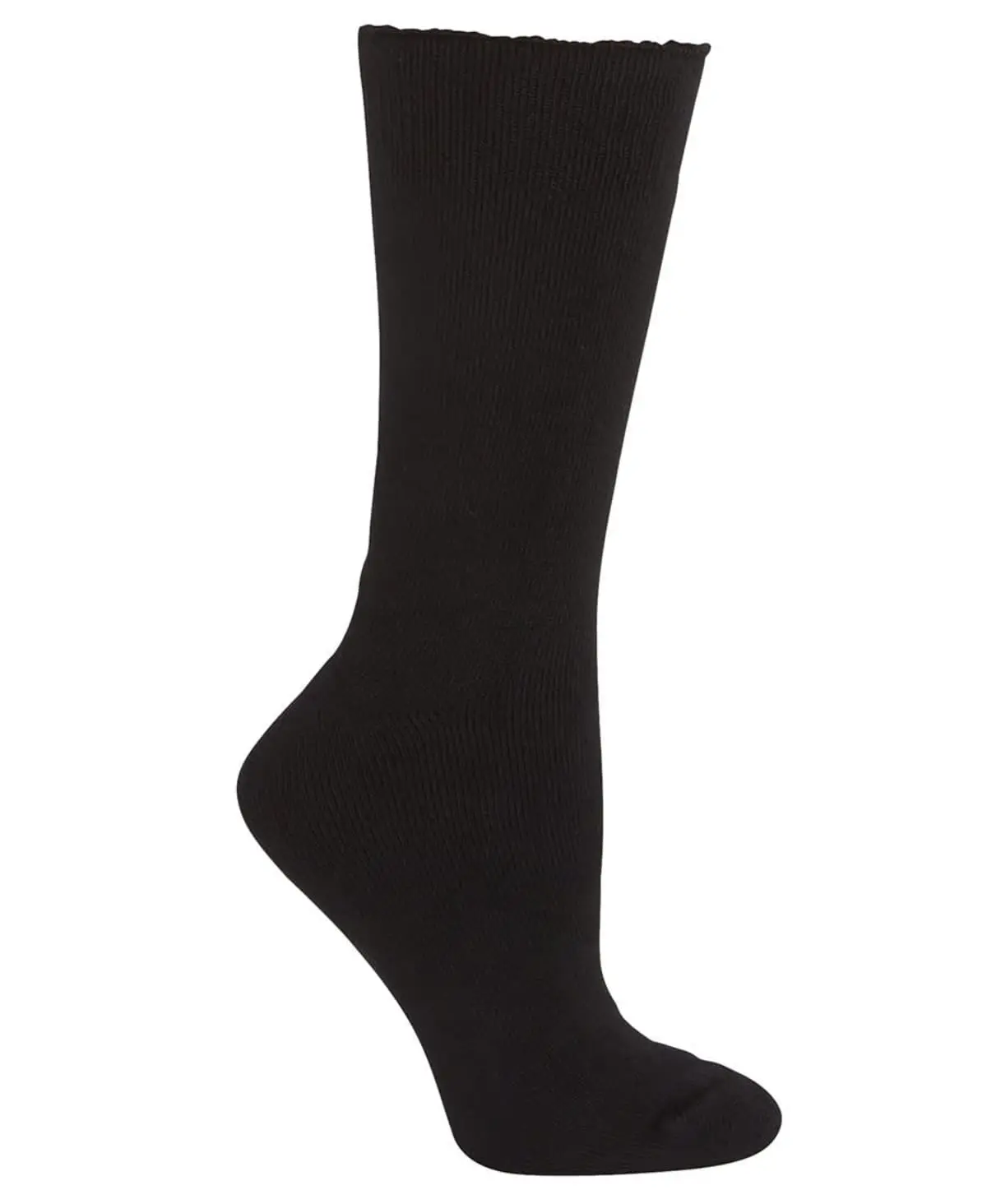 Socks
Socks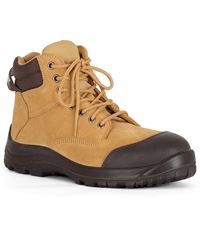 Shoes
Shoes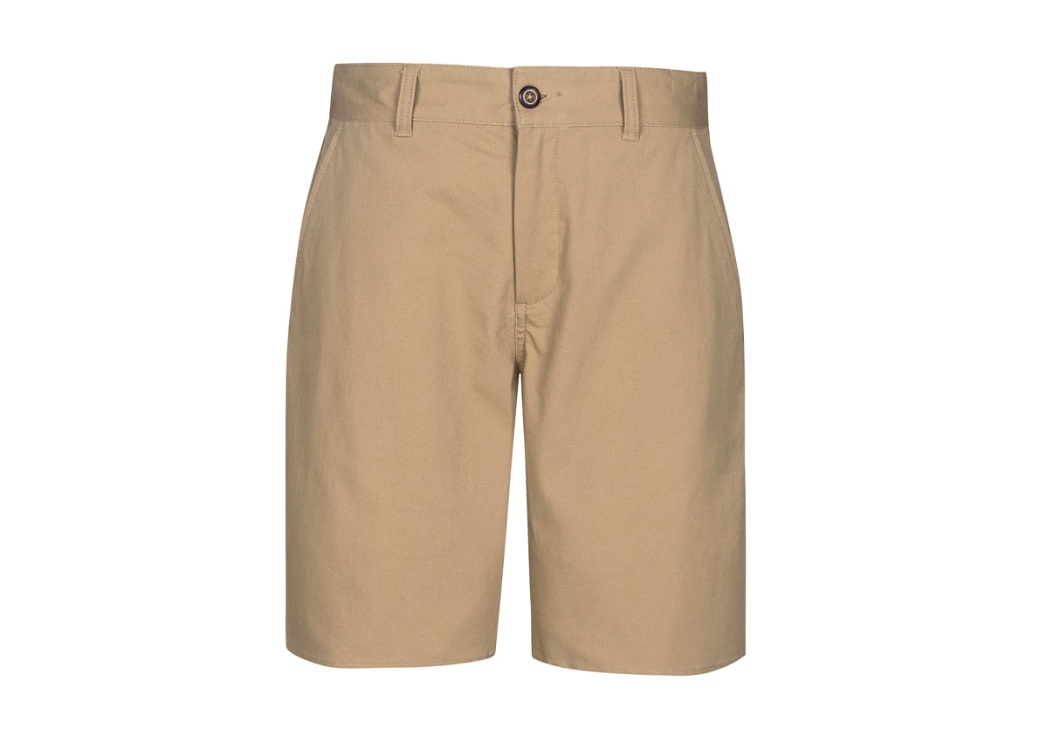 Sports Bottoms
Sports Bottoms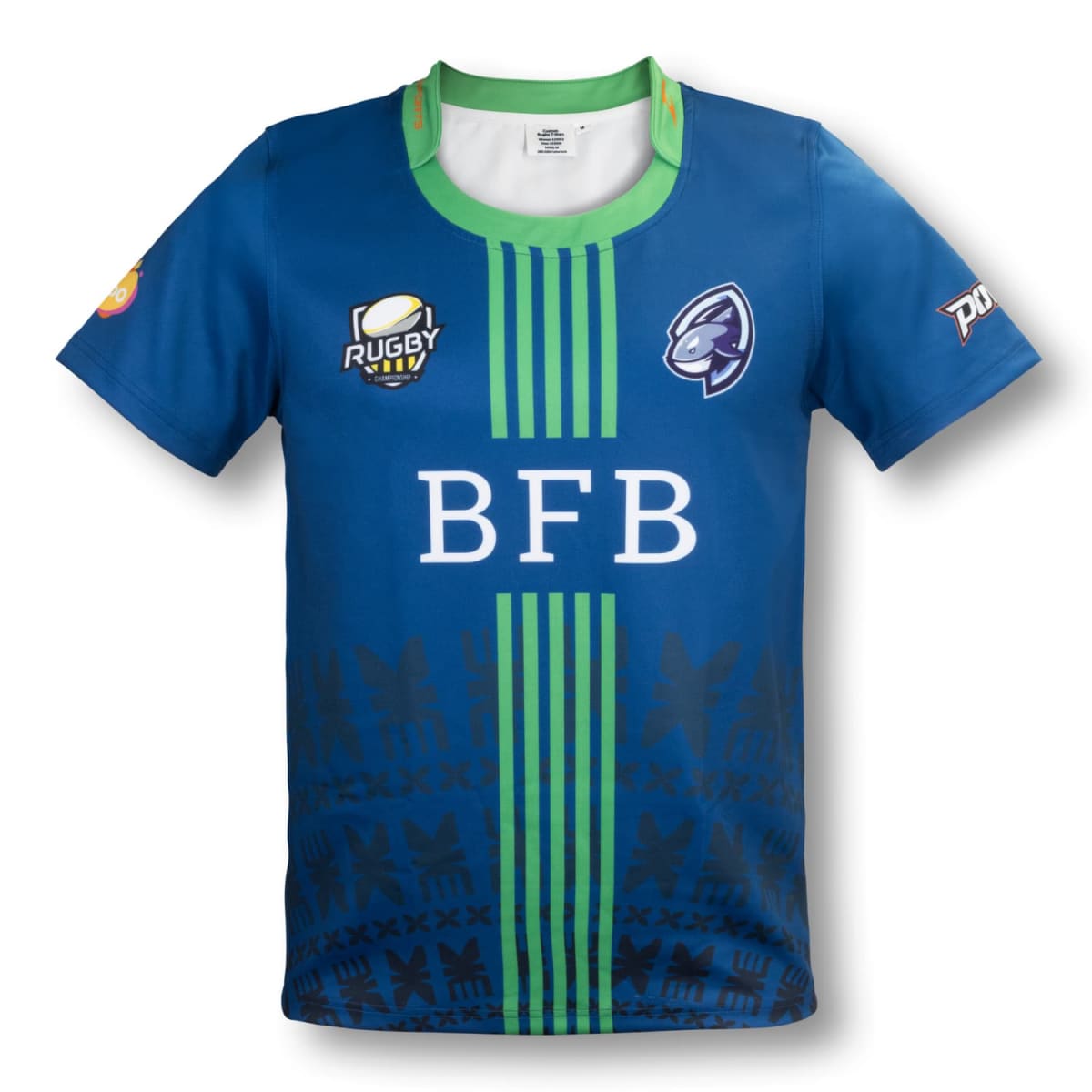 Sports Uniforms
Sports Uniforms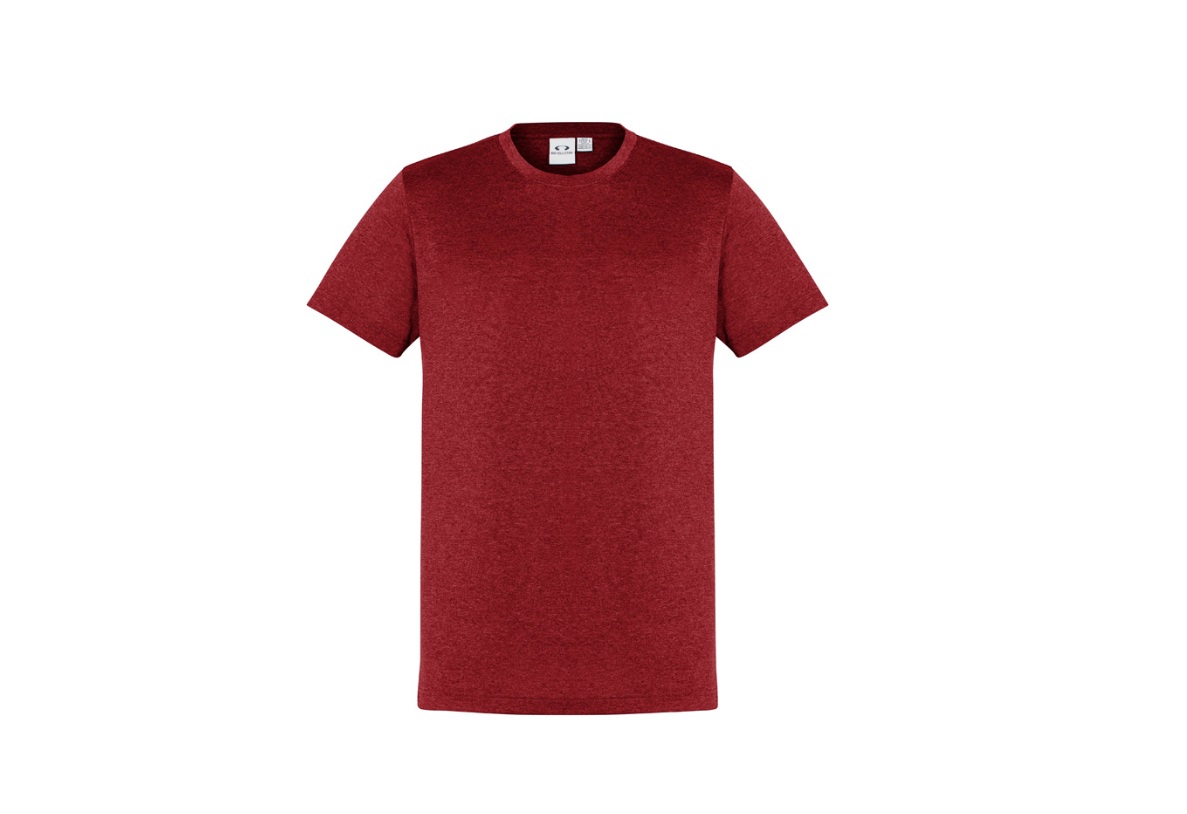 Tee Shirts
Tee Shirts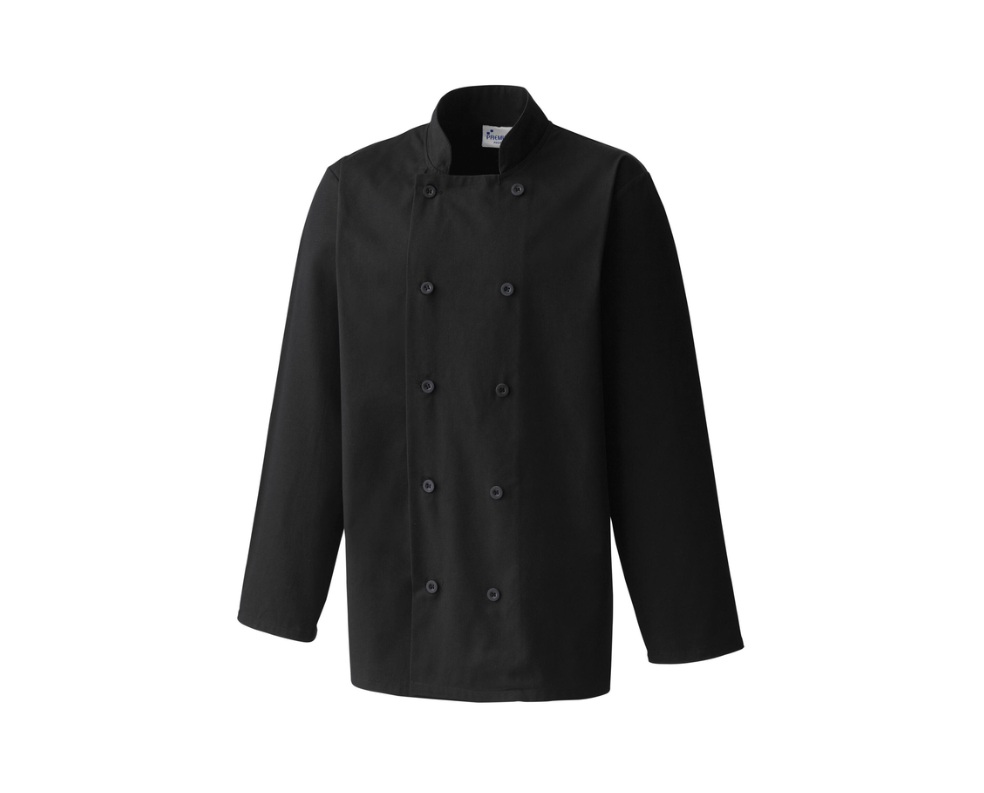 Workwear
Workwear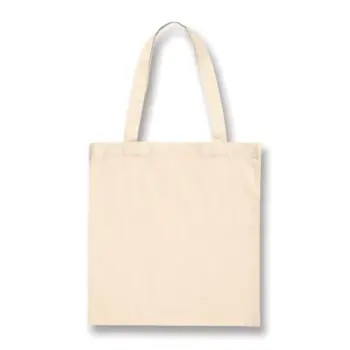
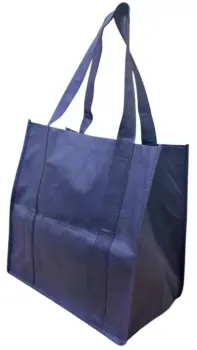
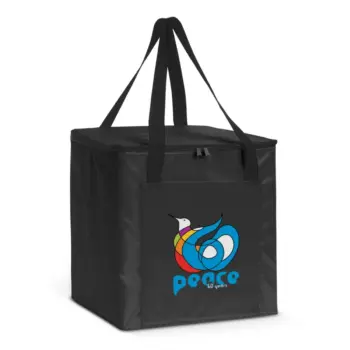
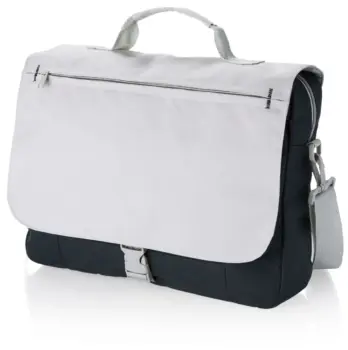
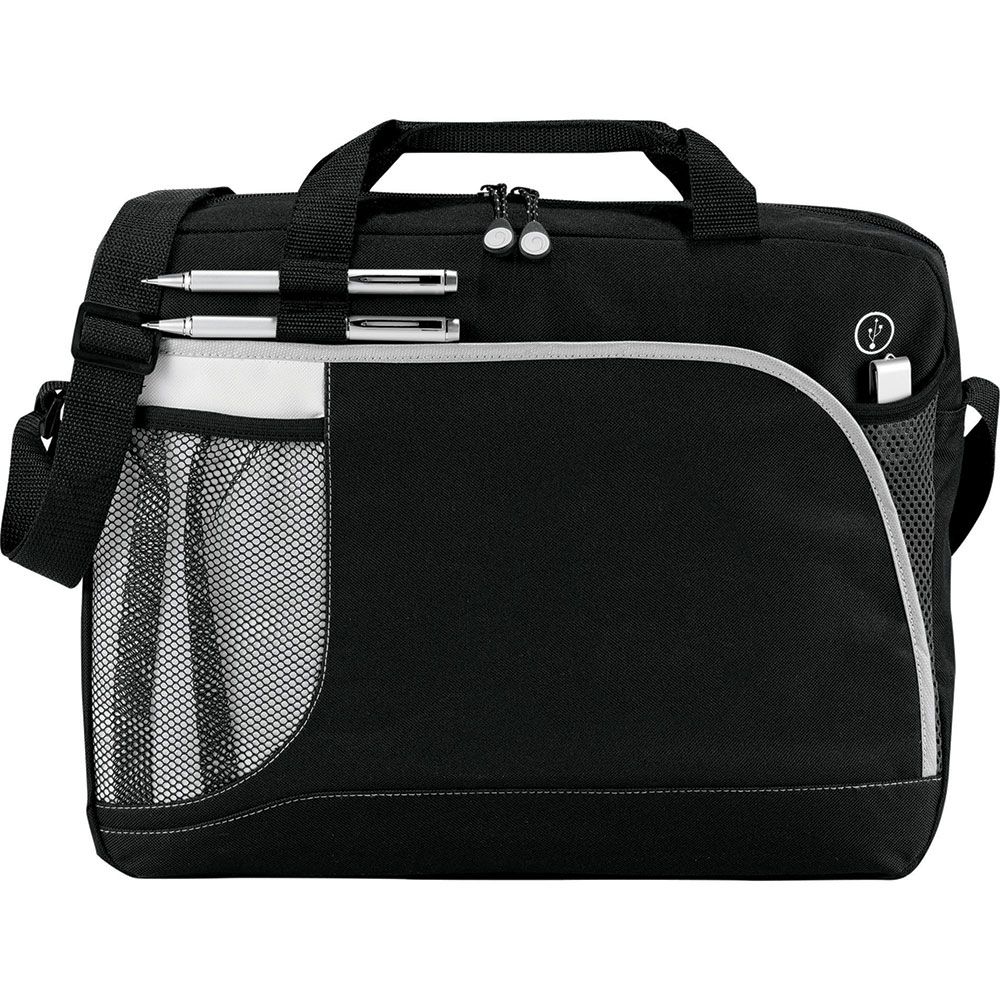 Briefcases
Briefcases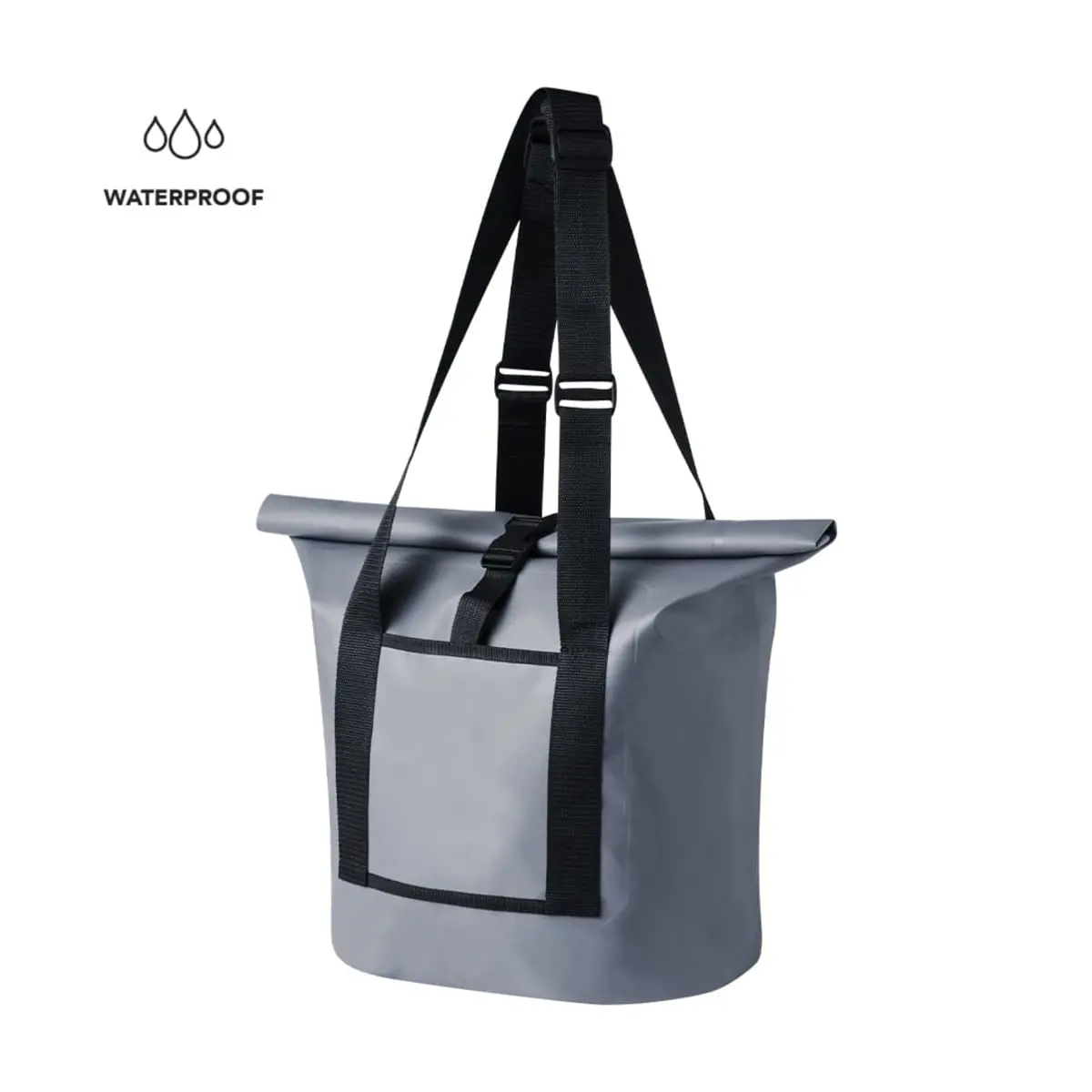 Dry Bags
Dry Bags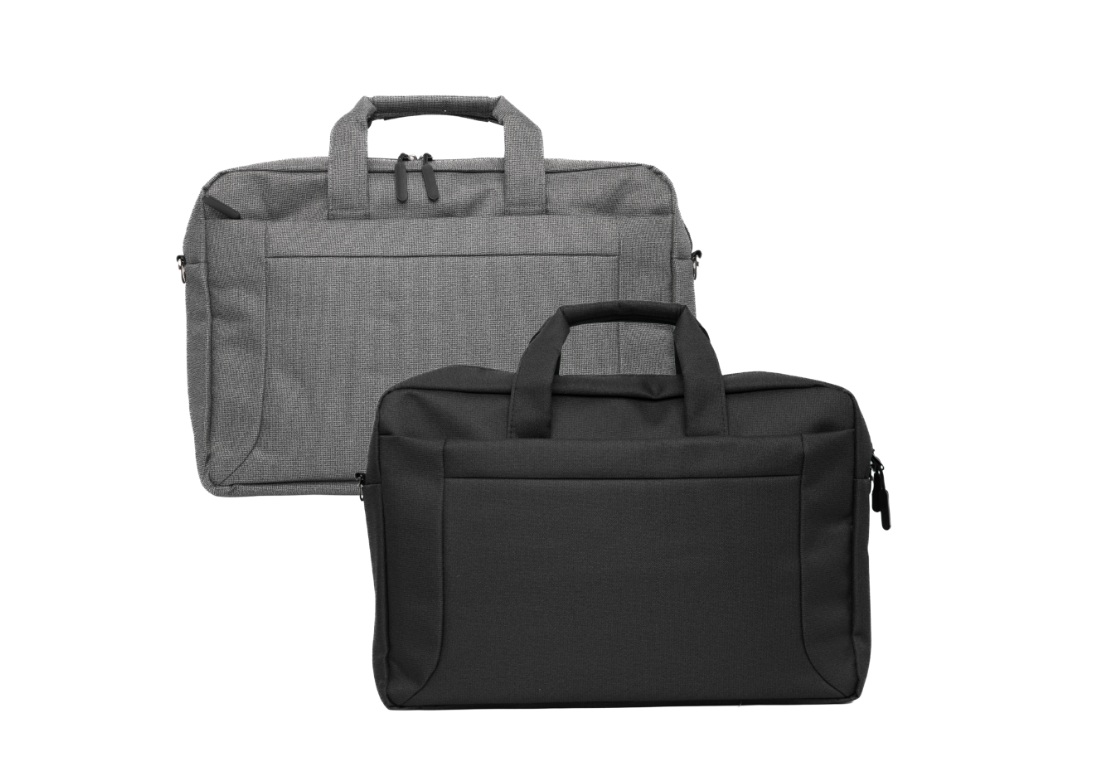 Laptop
Laptop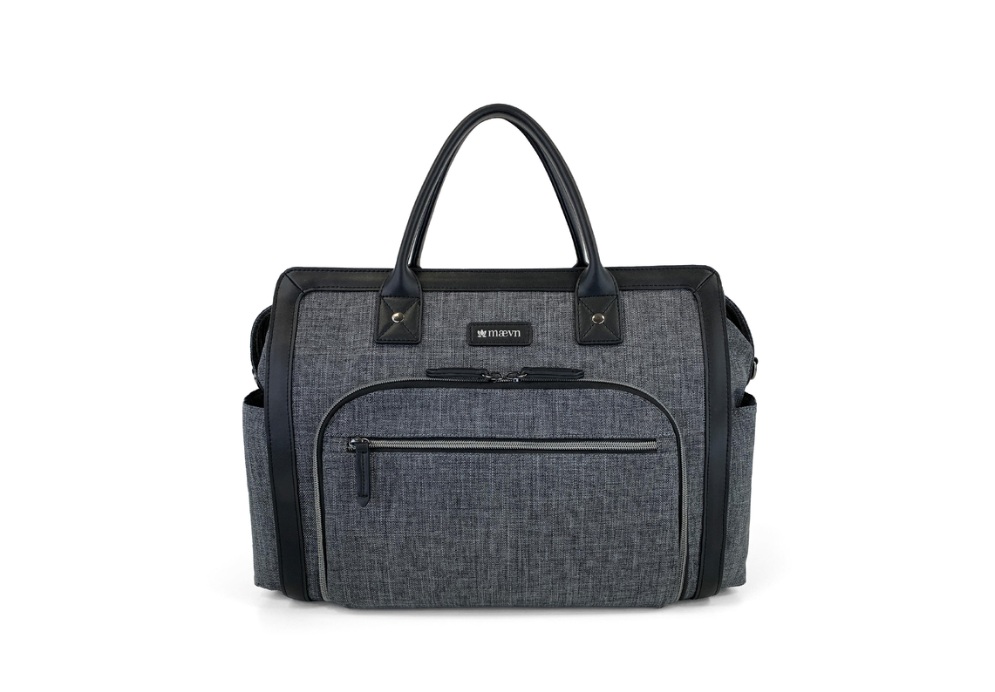 Satchels
Satchels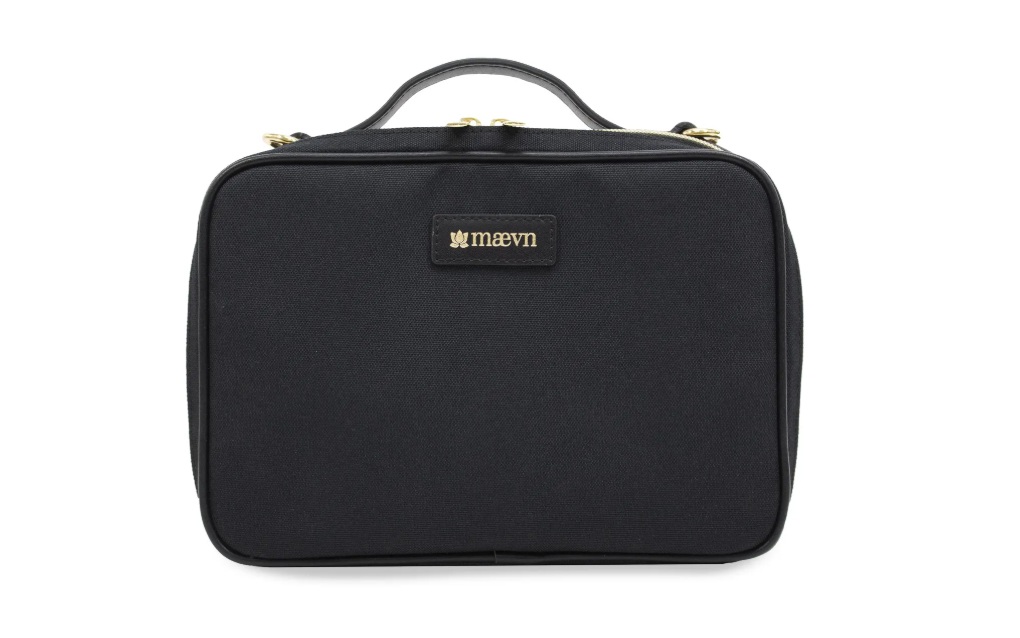 Specialised Bags
Specialised Bags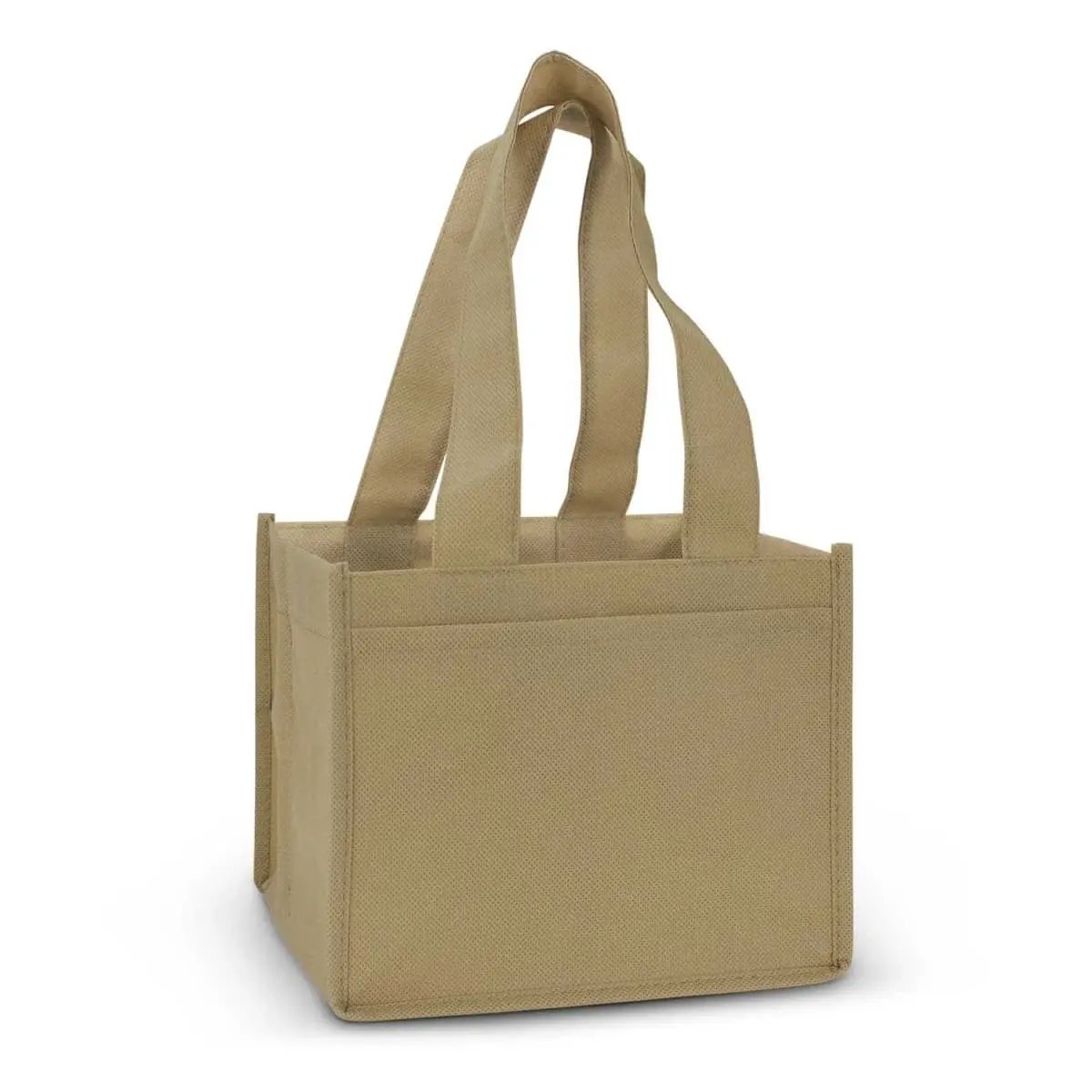 Tote Bags
Tote Bags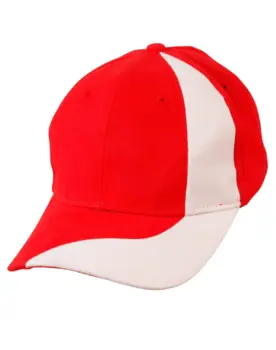
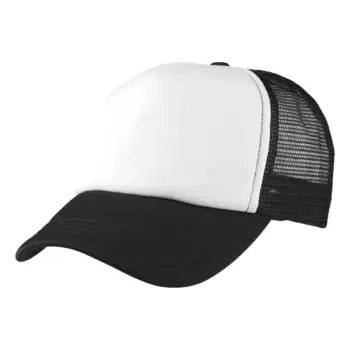
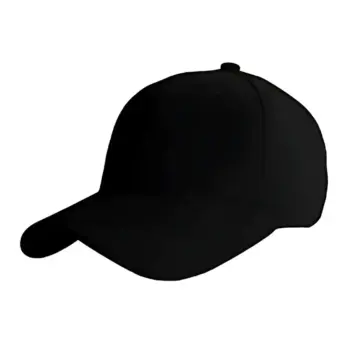
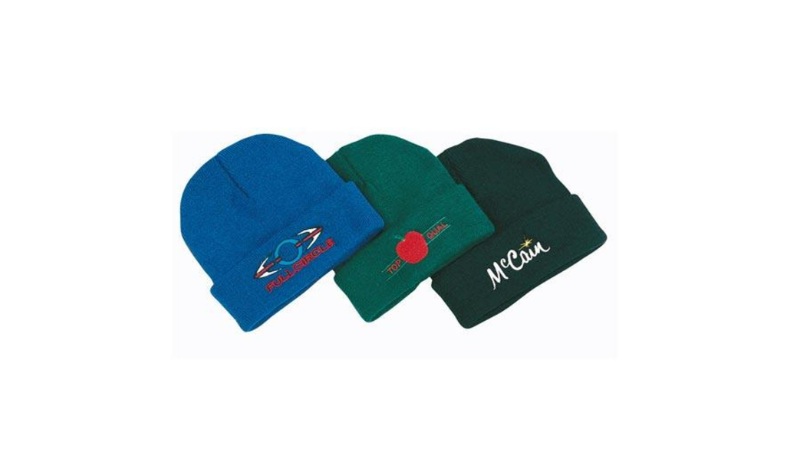 Beanies
Beanies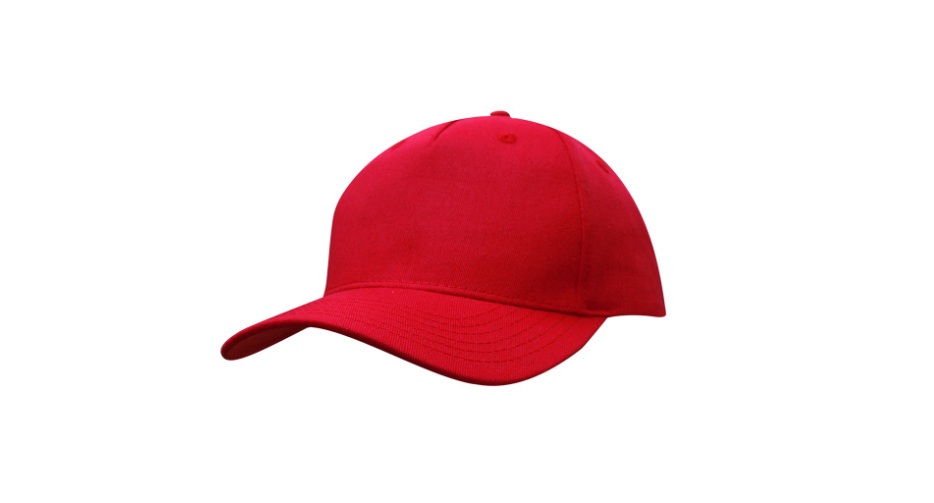 Caps
Caps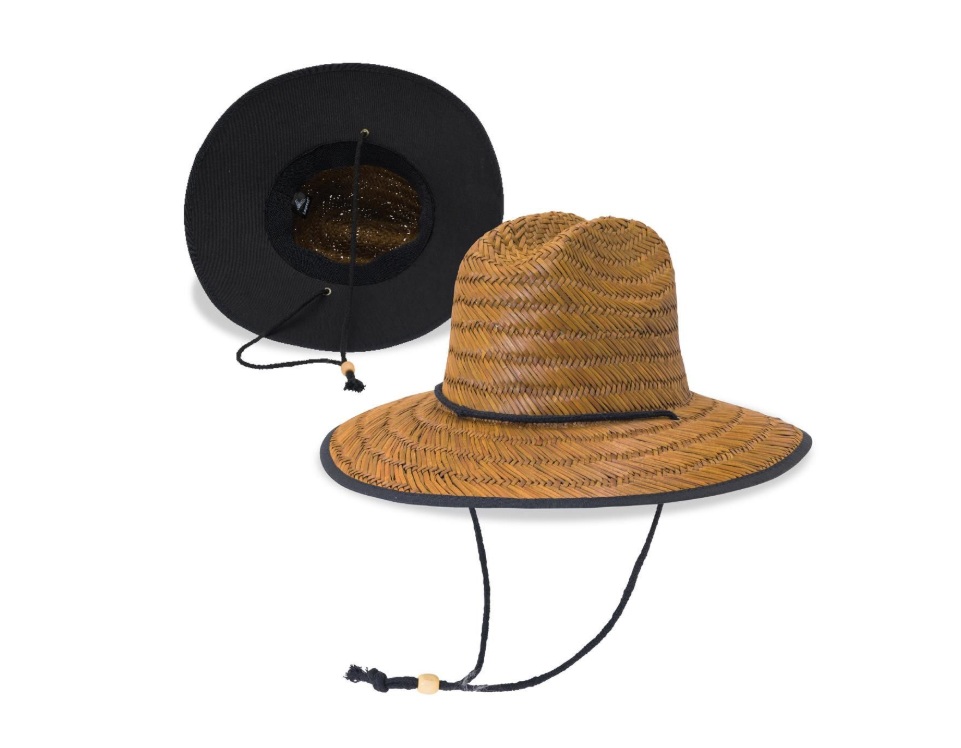 Straw Hats
Straw Hats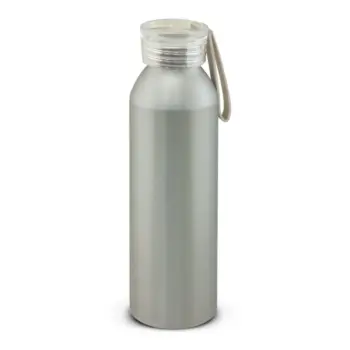
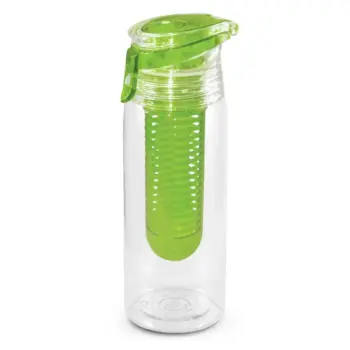
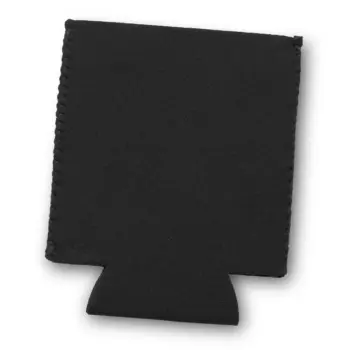
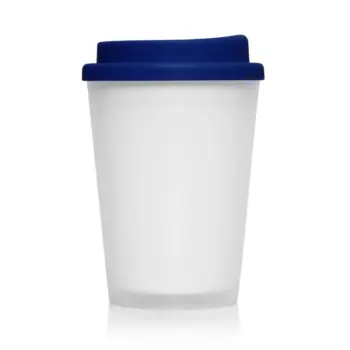
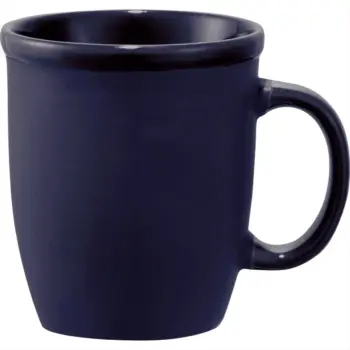
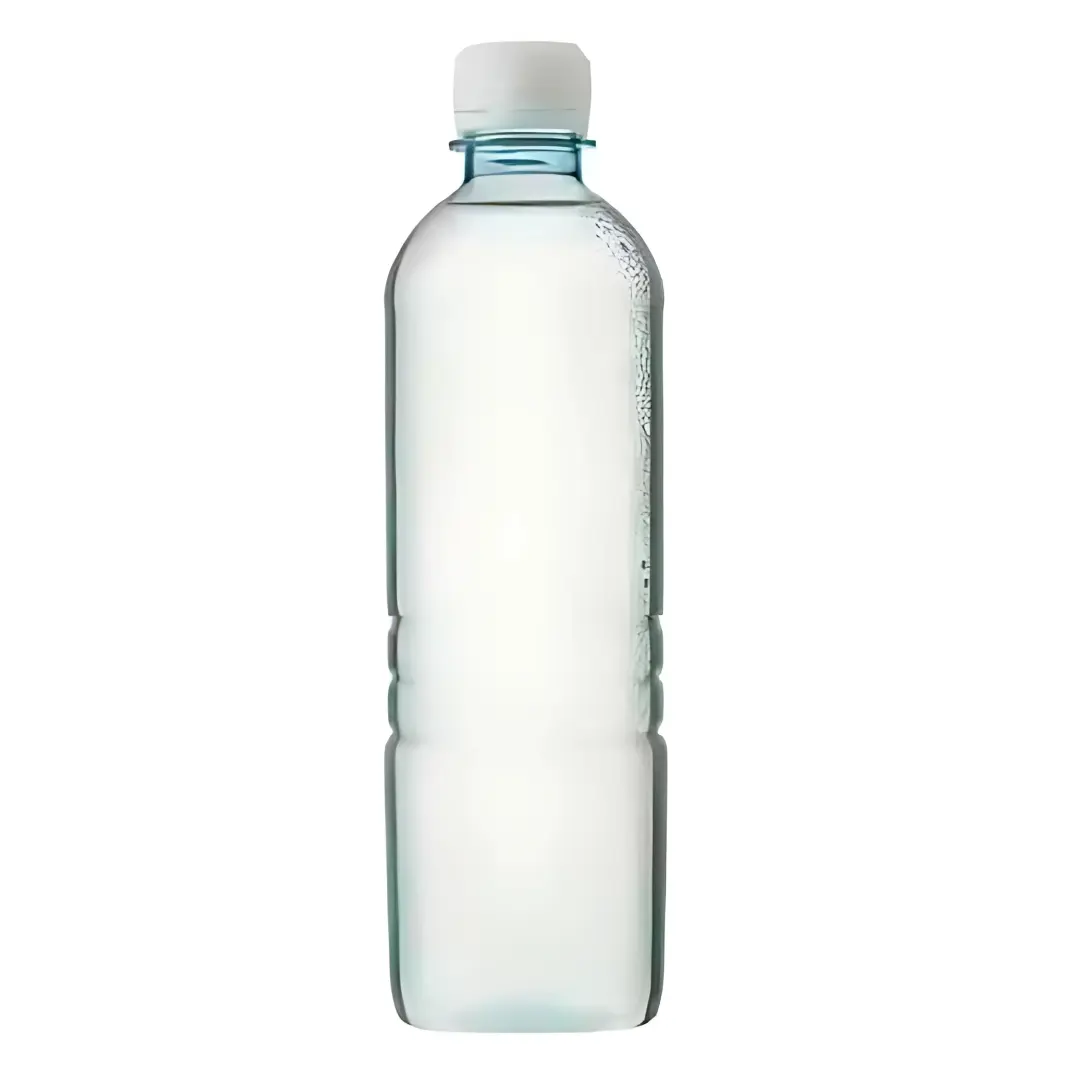 Bottled Water
Bottled Water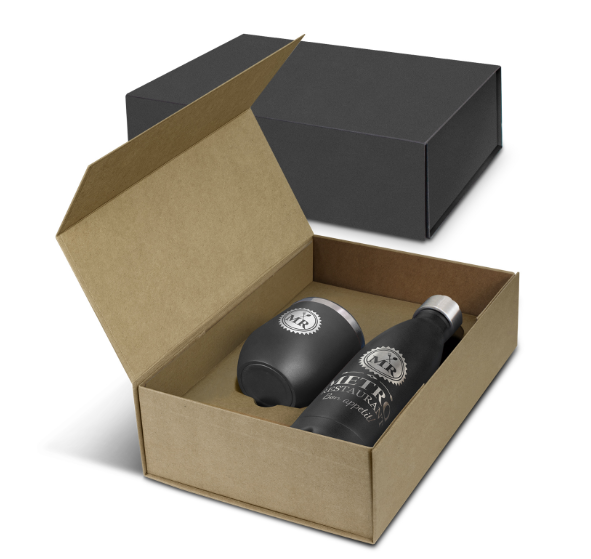 Drinkware Gift Sets
Drinkware Gift Sets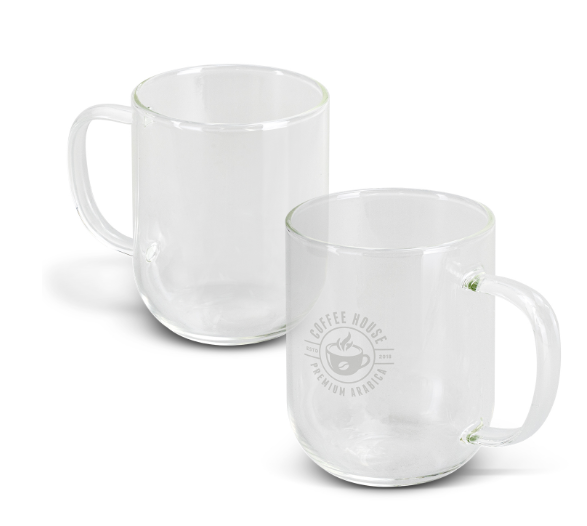 Glass & Poly Cups
Glass & Poly Cups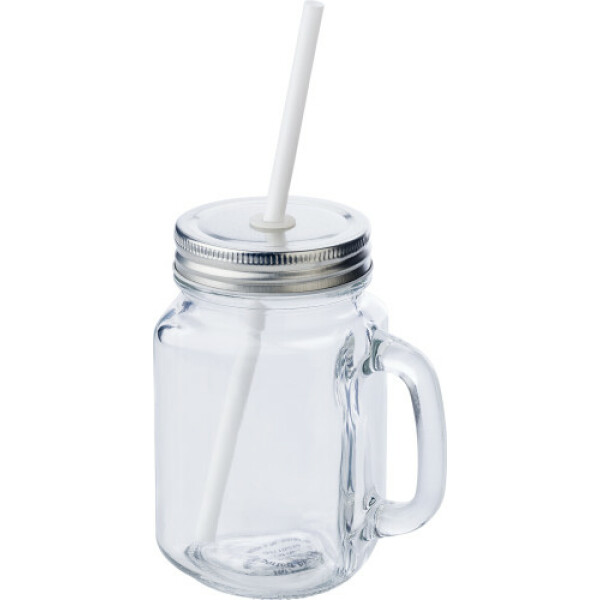 Mason Jars
Mason Jars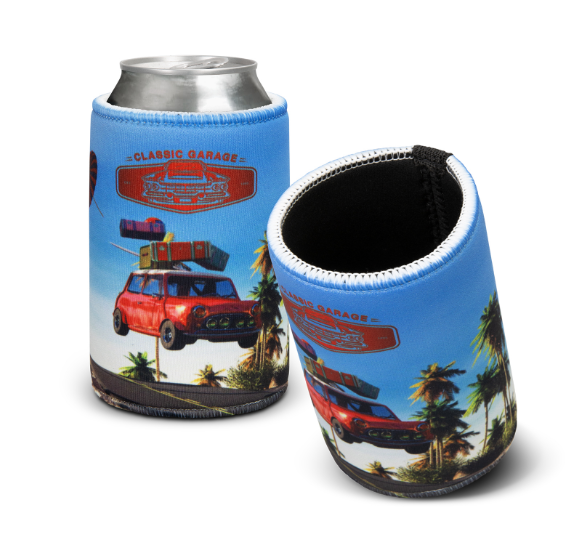 Stubby | Bar & Drinkware
Stubby | Bar & Drinkware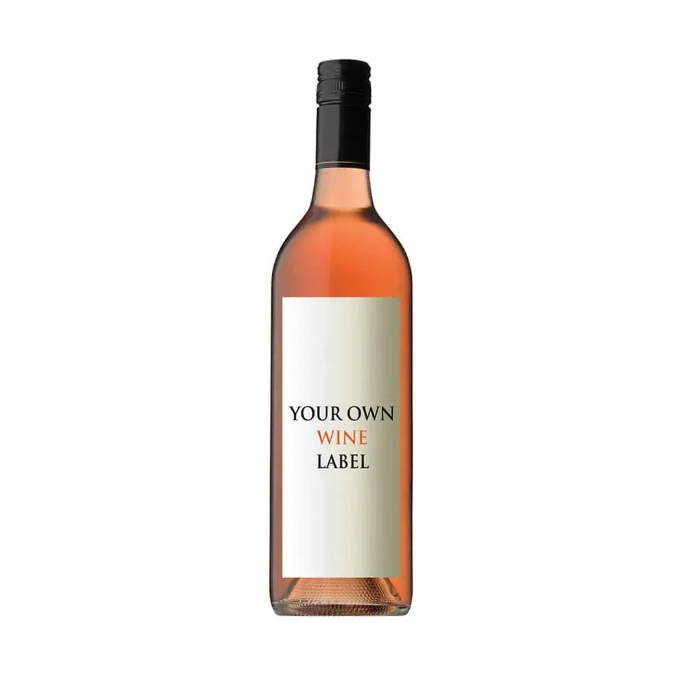 Wines
Wines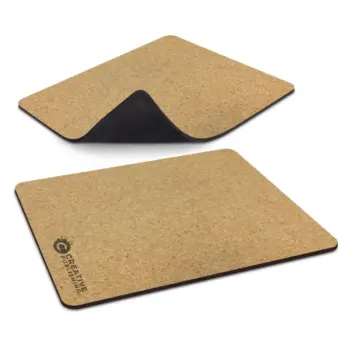


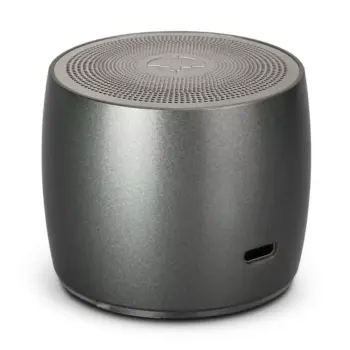
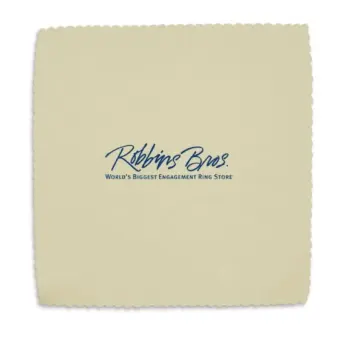
 Business Card Holders
Business Card Holders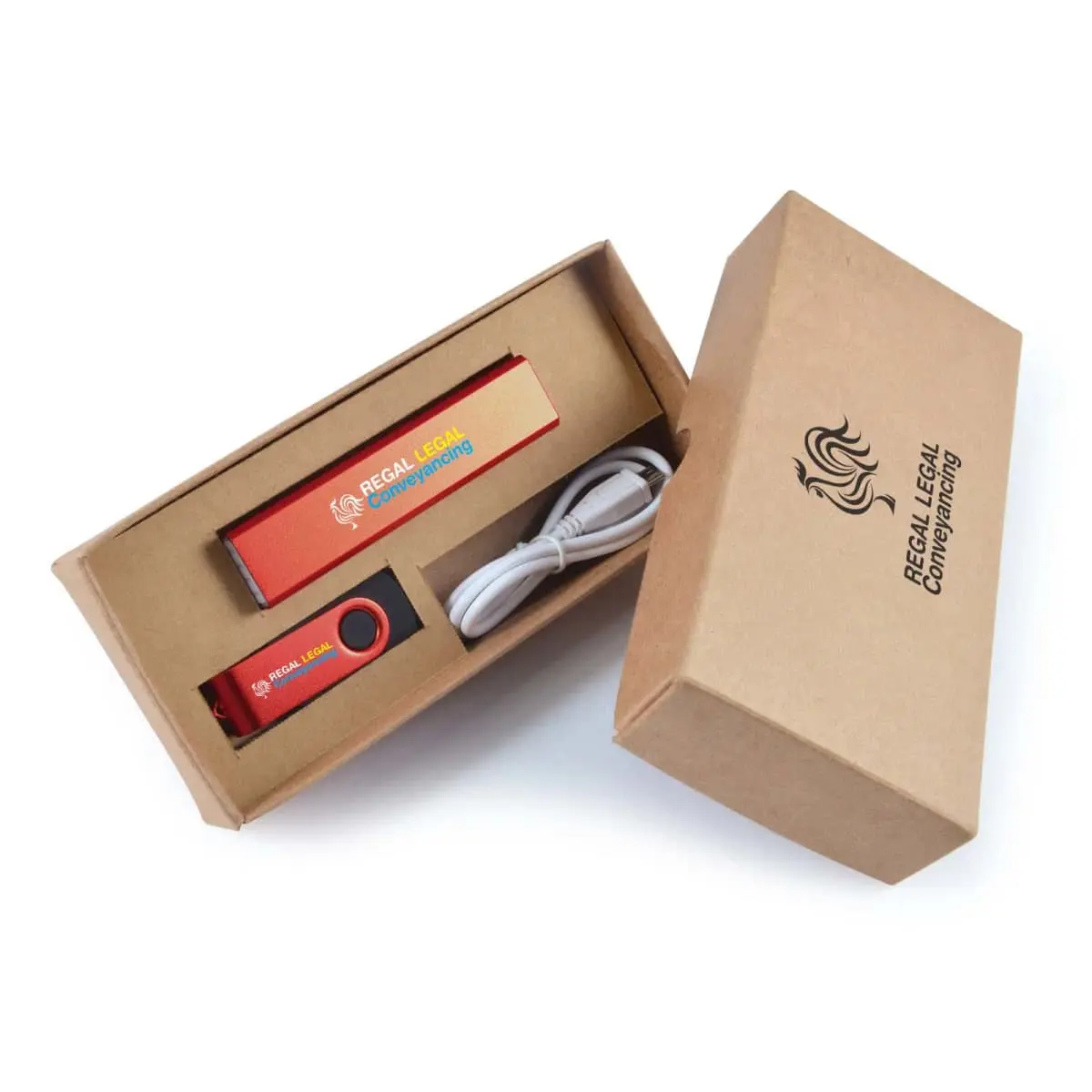 IT Gift Sets
IT Gift Sets Tech Computers
Tech Computers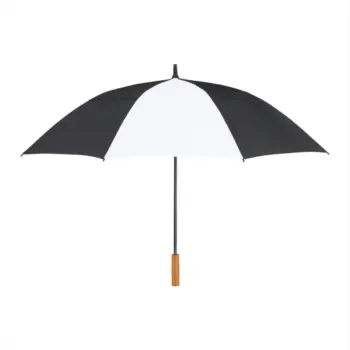
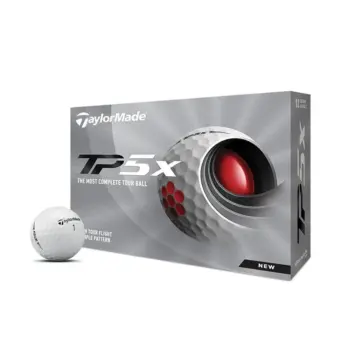

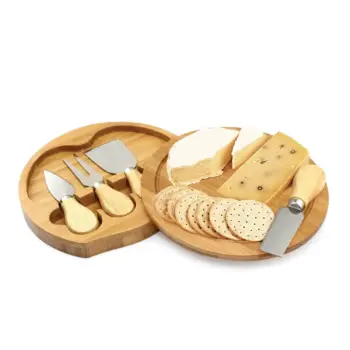
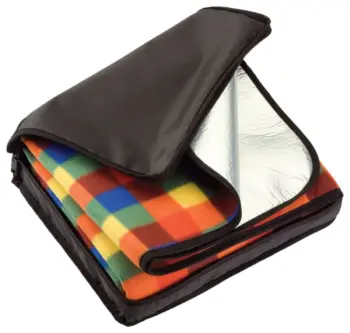
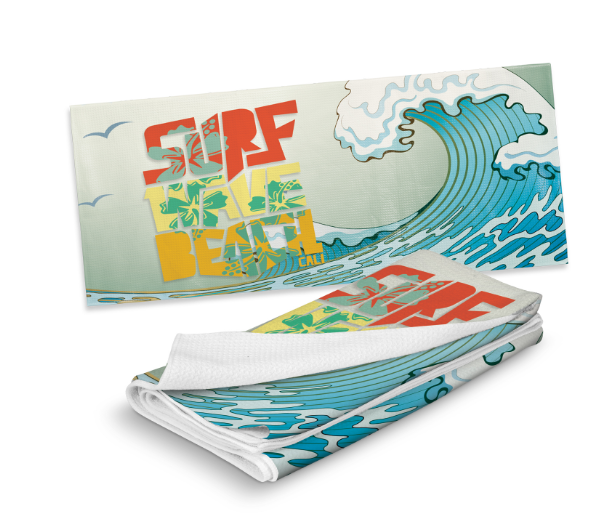 Beach Towels
Beach Towels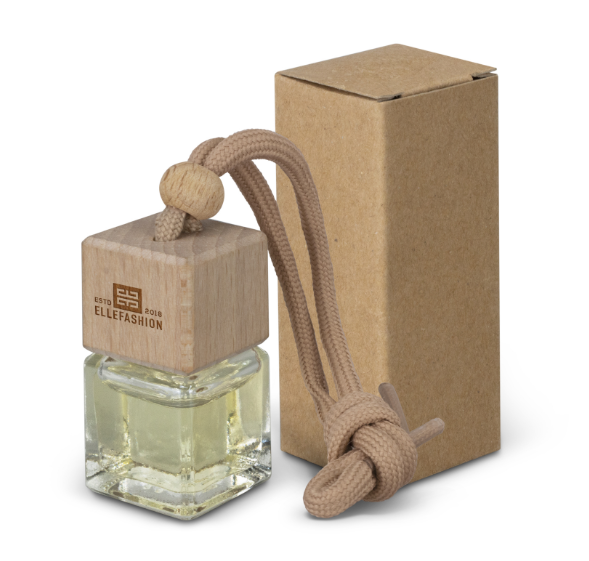 Car Accessories
Car Accessories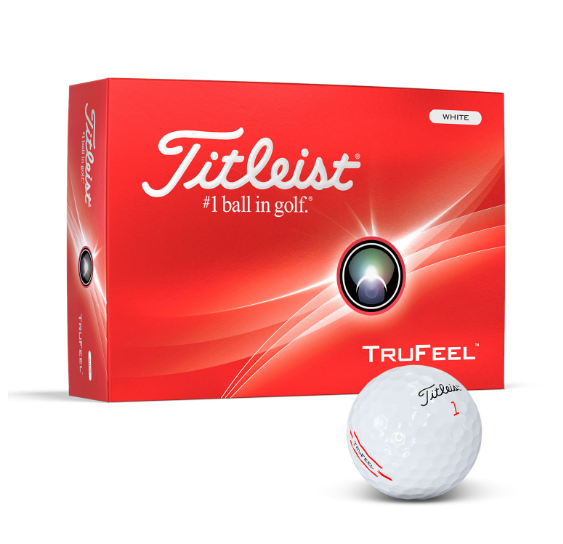 Golf
Golf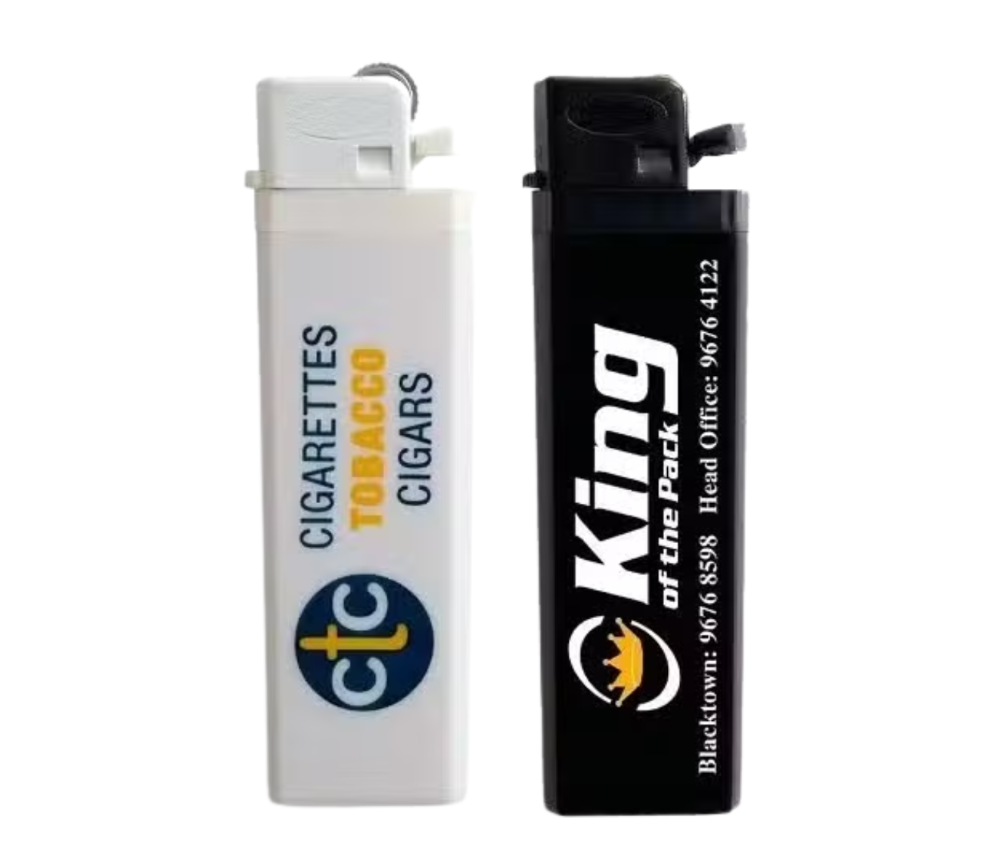 Lighters
Lighters Picnic Gear
Picnic Gear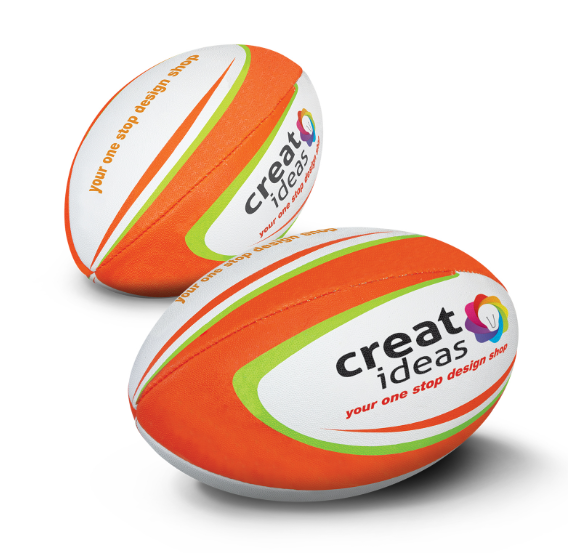 Sports Items
Sports Items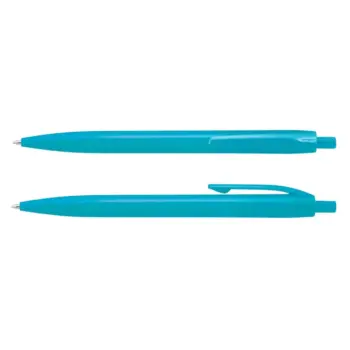

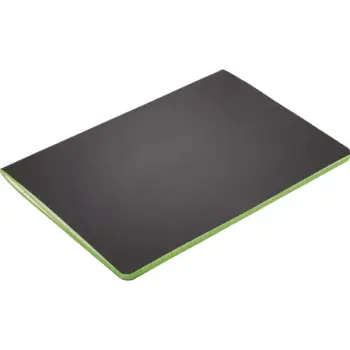
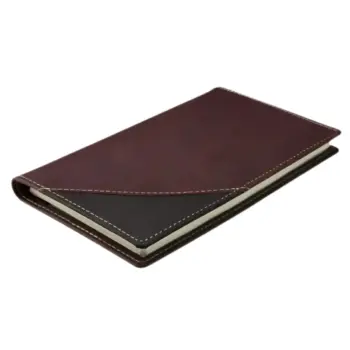
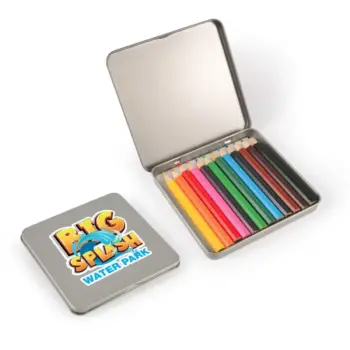
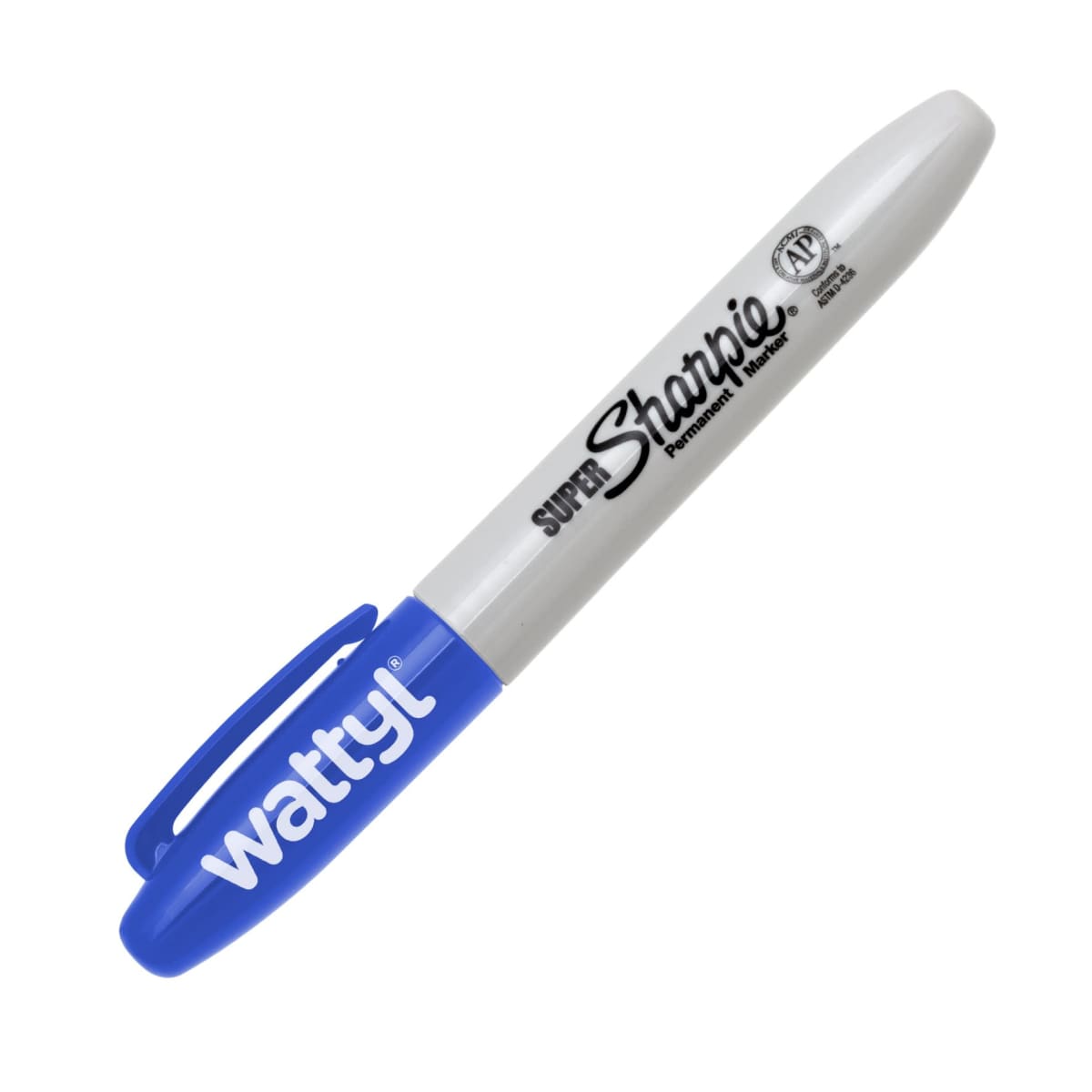 Markers
Markers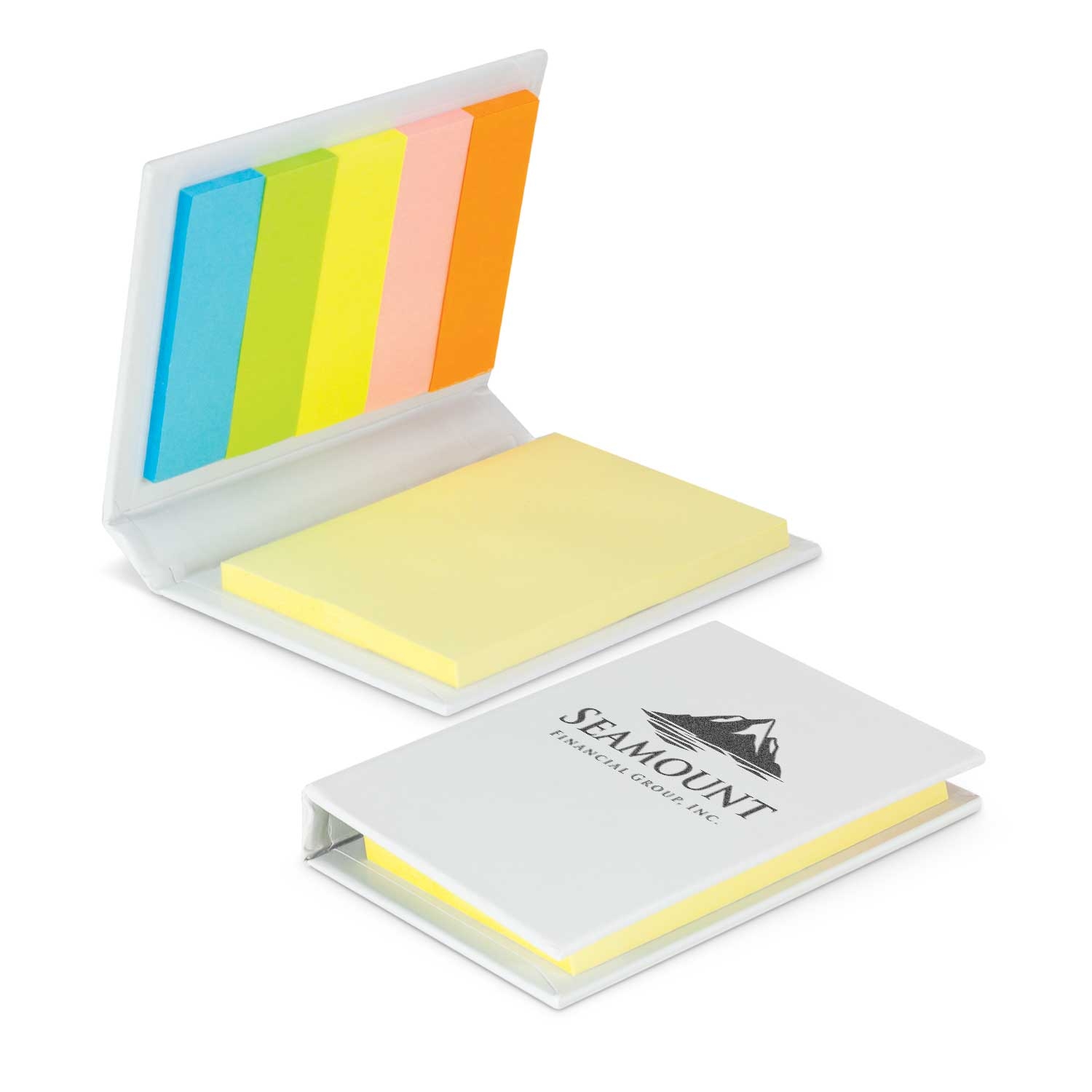 Post-It & Sticky Notes
Post-It & Sticky Notes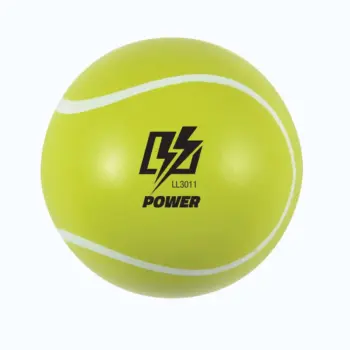


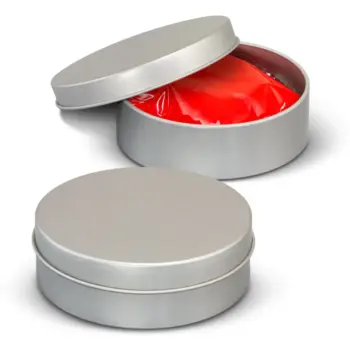
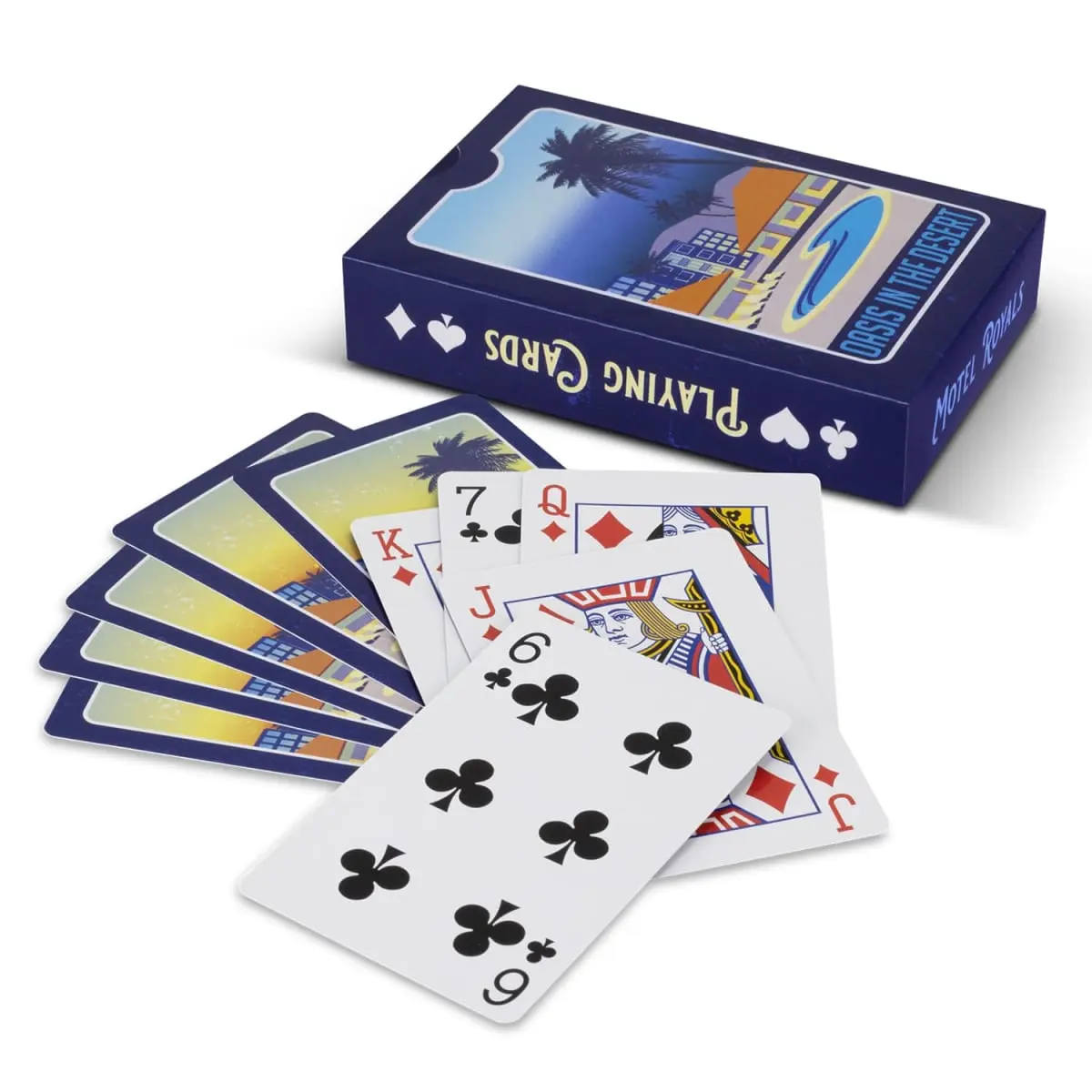 Card Decks
Card Decks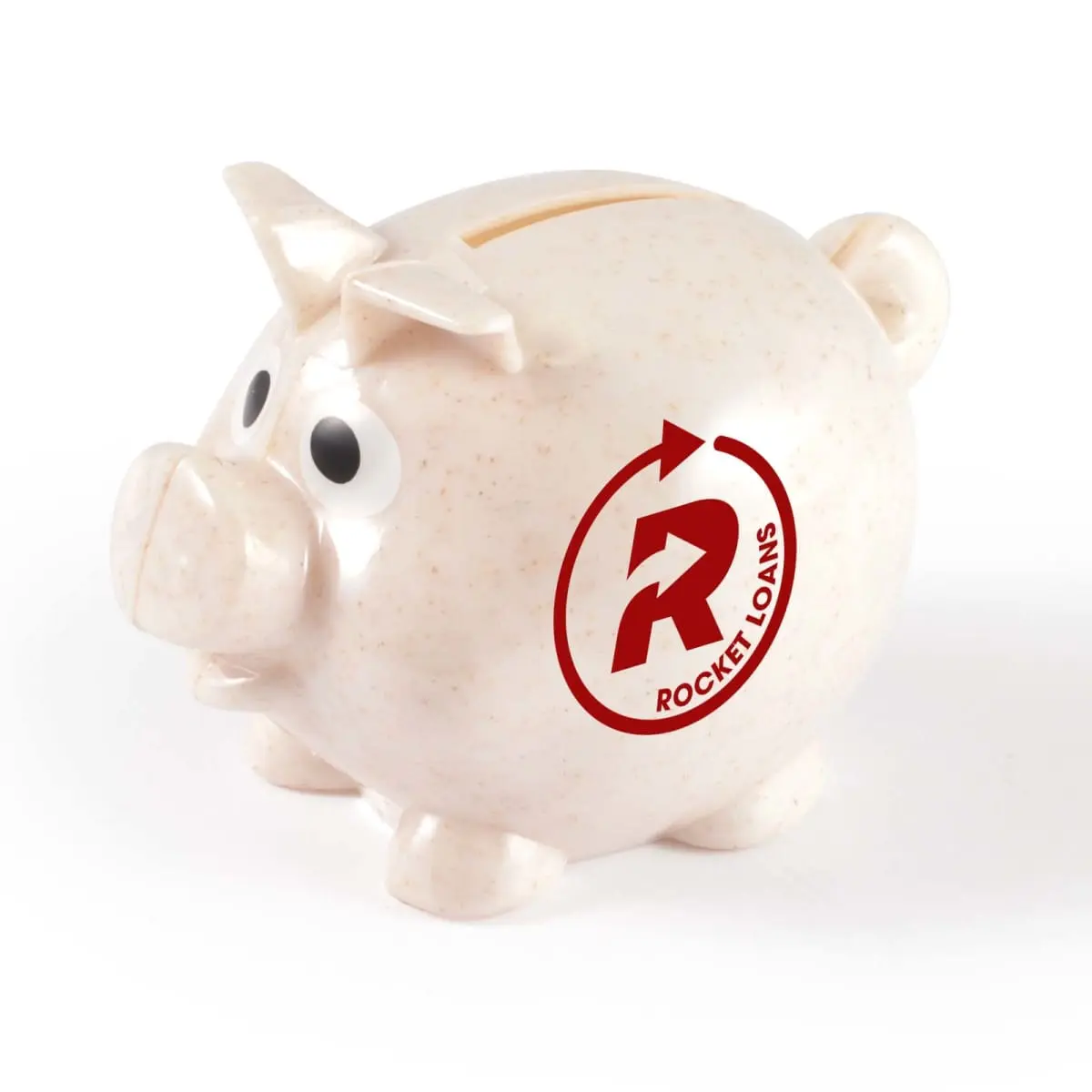 Coin Banks
Coin Banks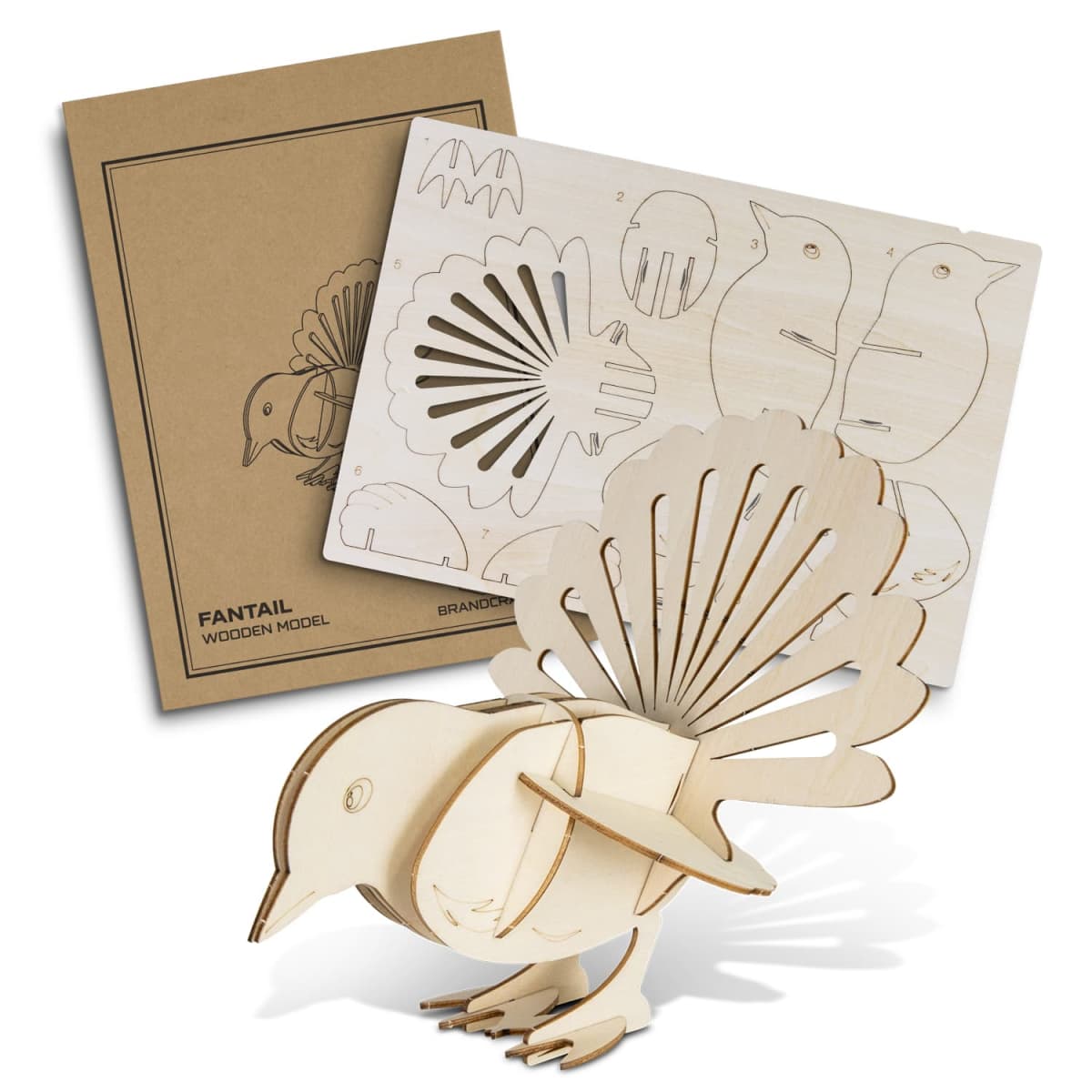 Conference Toys
Conference Toys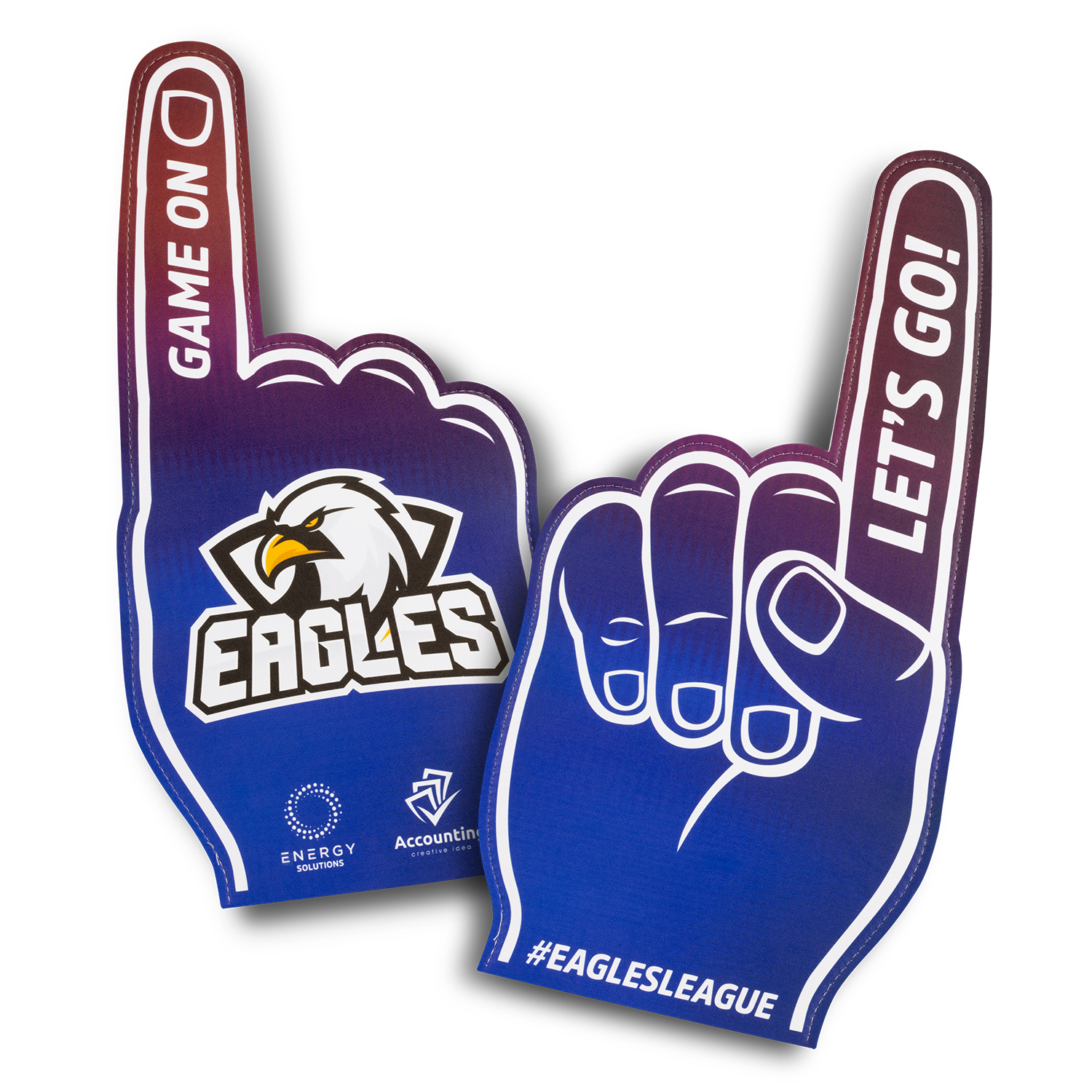 Event Toys
Event Toys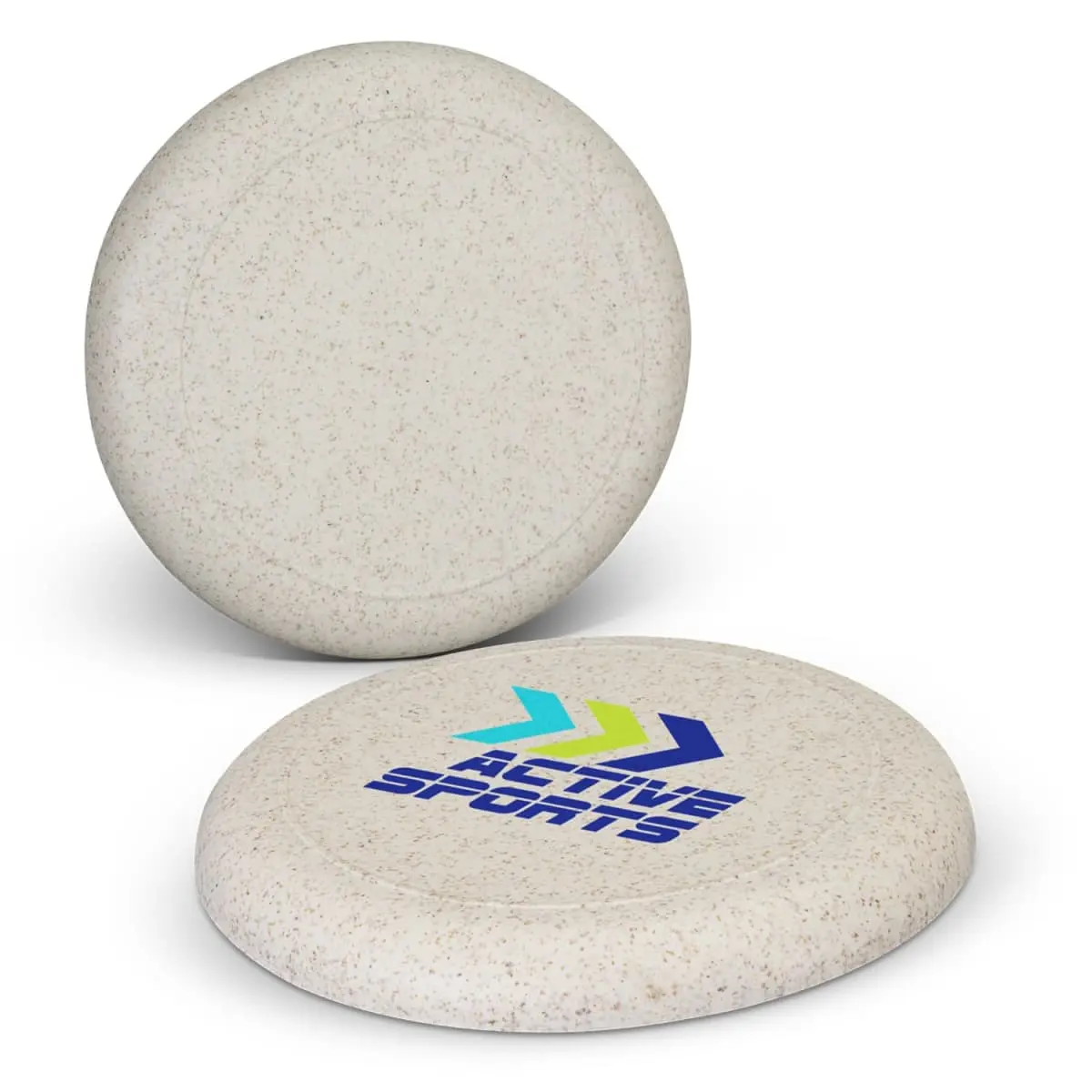 Frisbees
Frisbees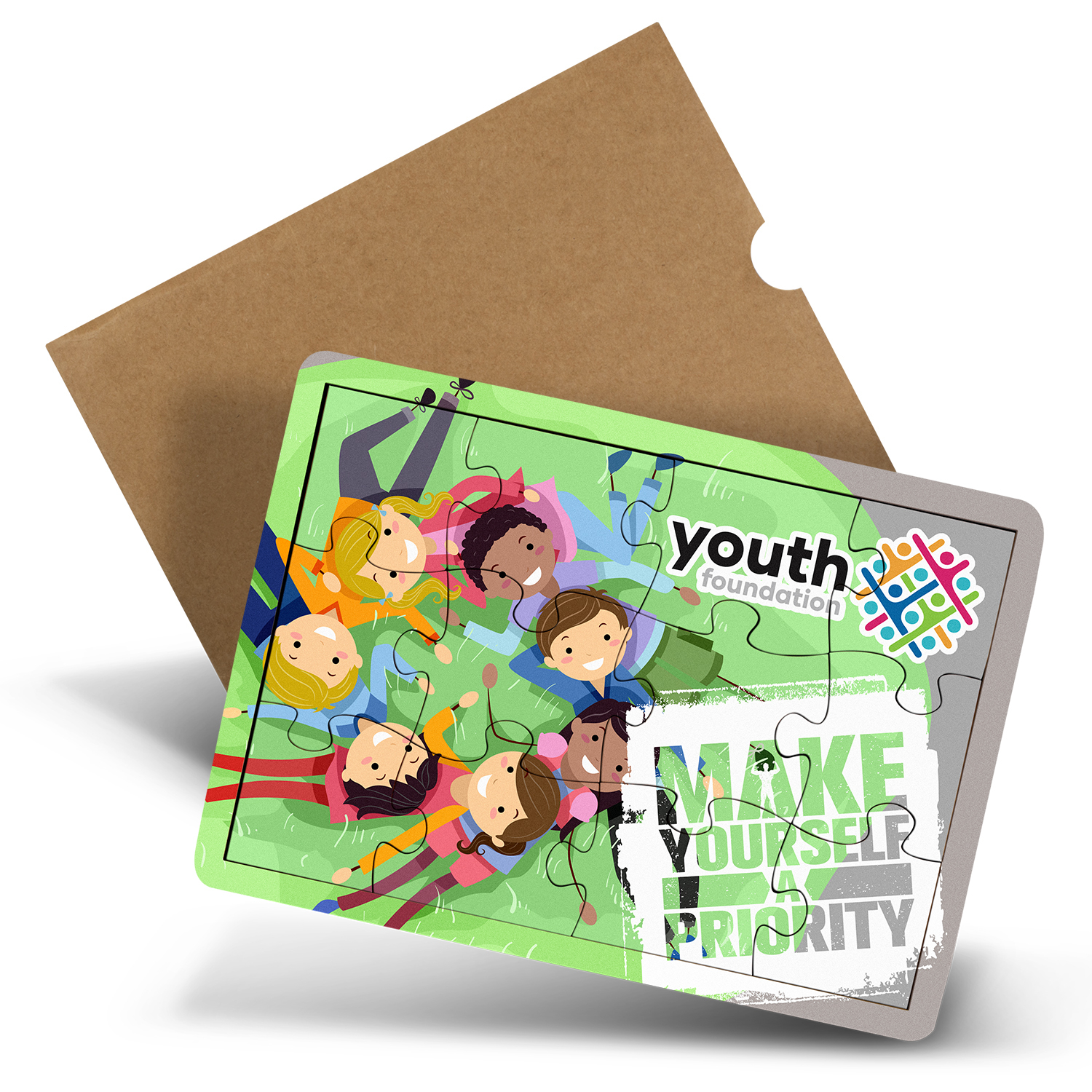 Games & Puzzles
Games & Puzzles Kids
Kids Plush Toys
Plush Toys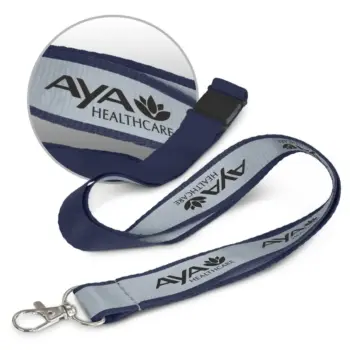
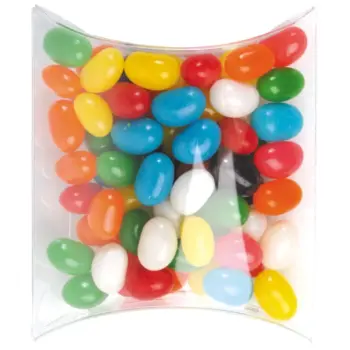
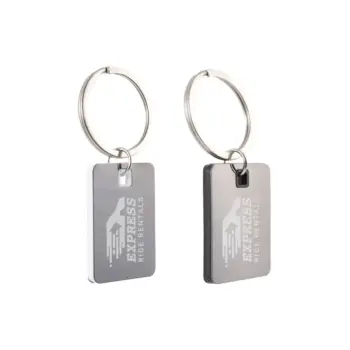


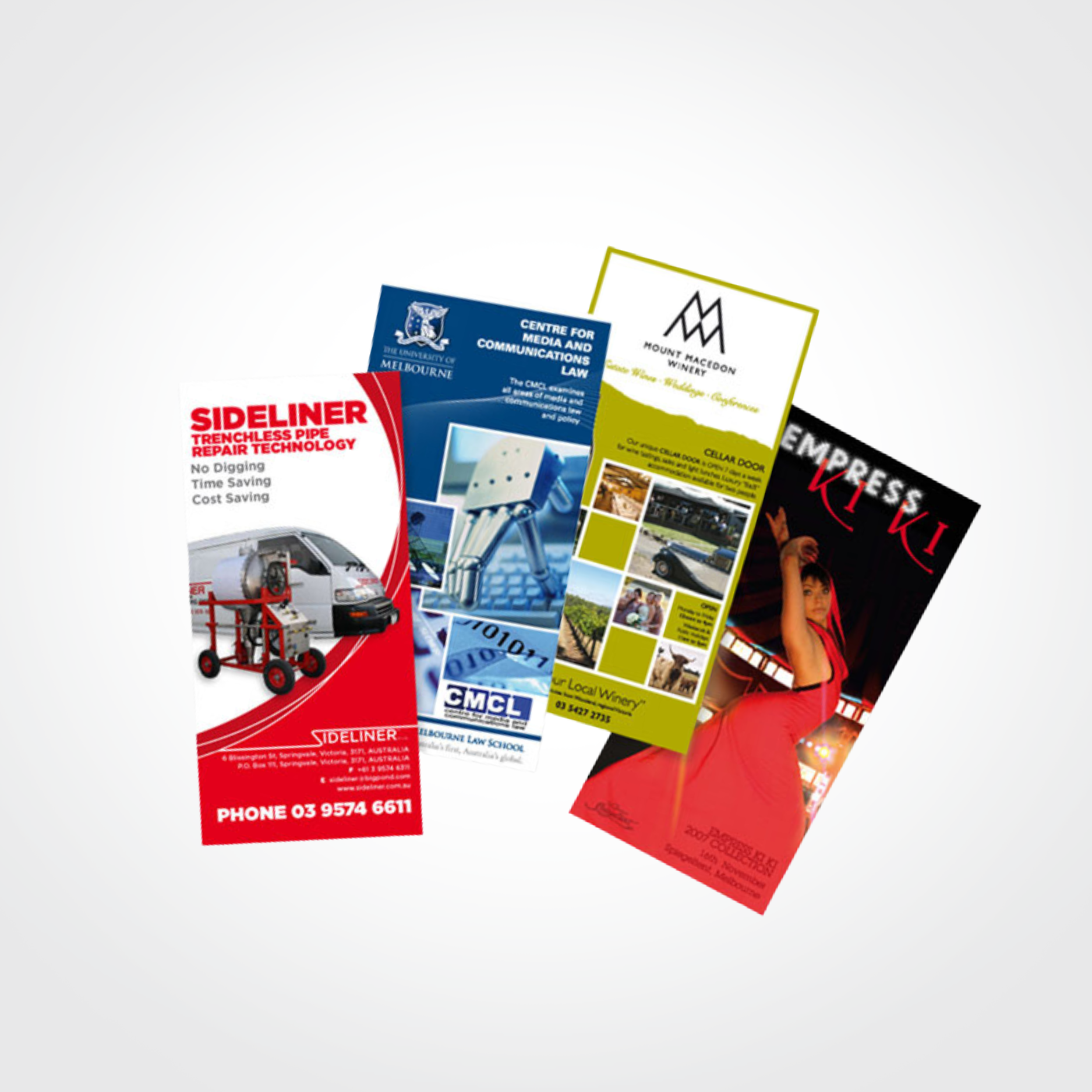 Print | Signage
Print | Signage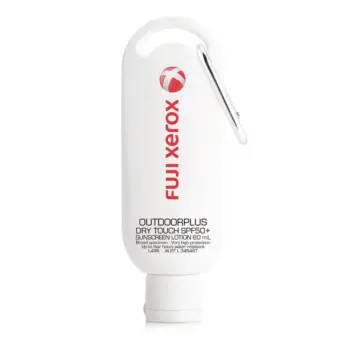
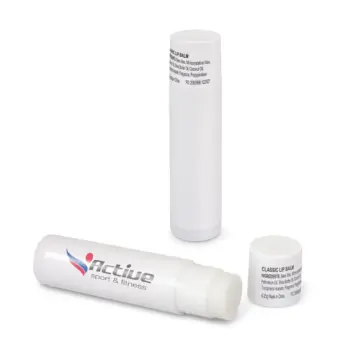
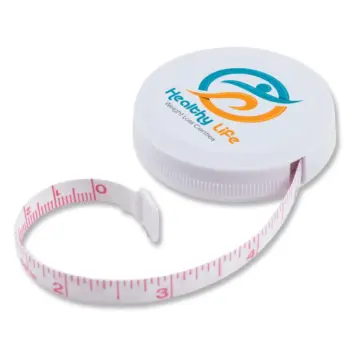
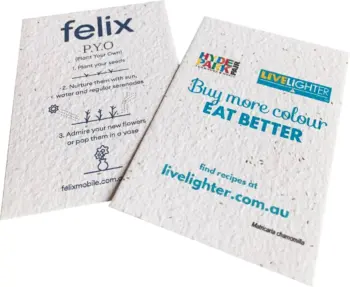
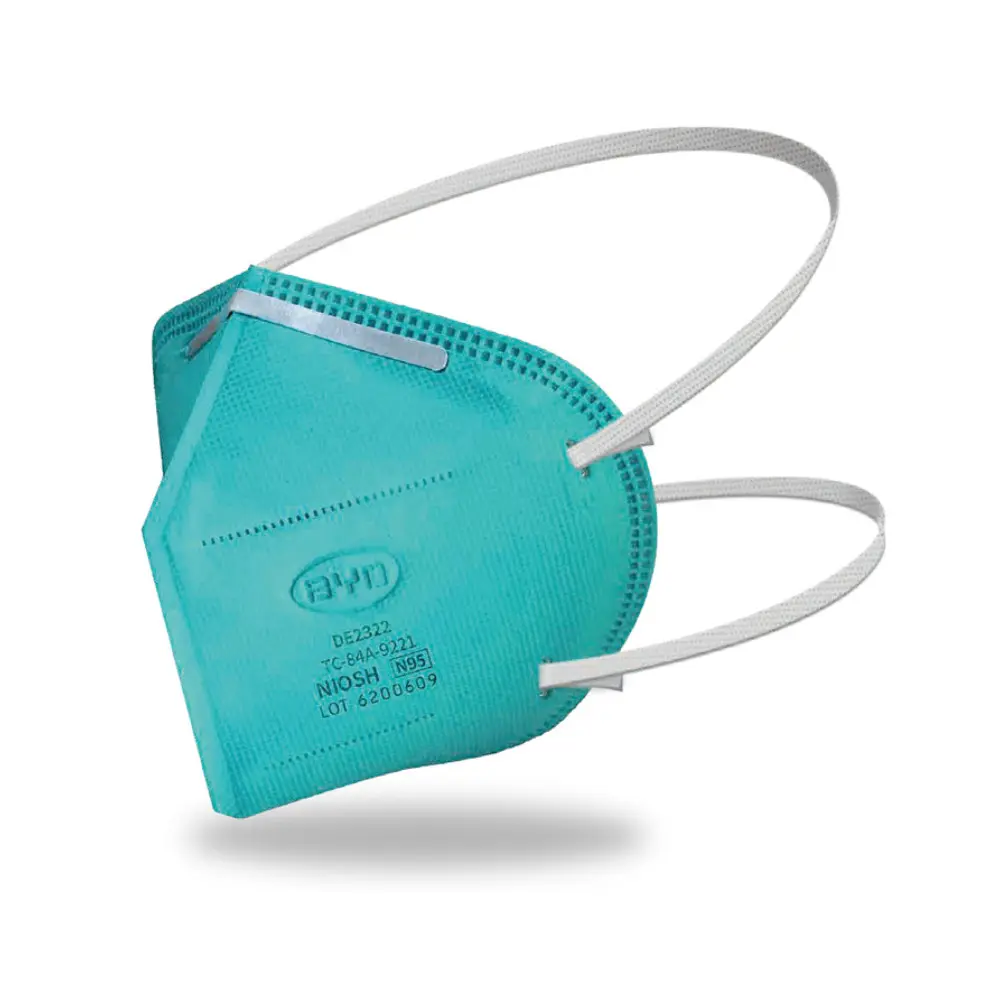 Antibacterial
Antibacterial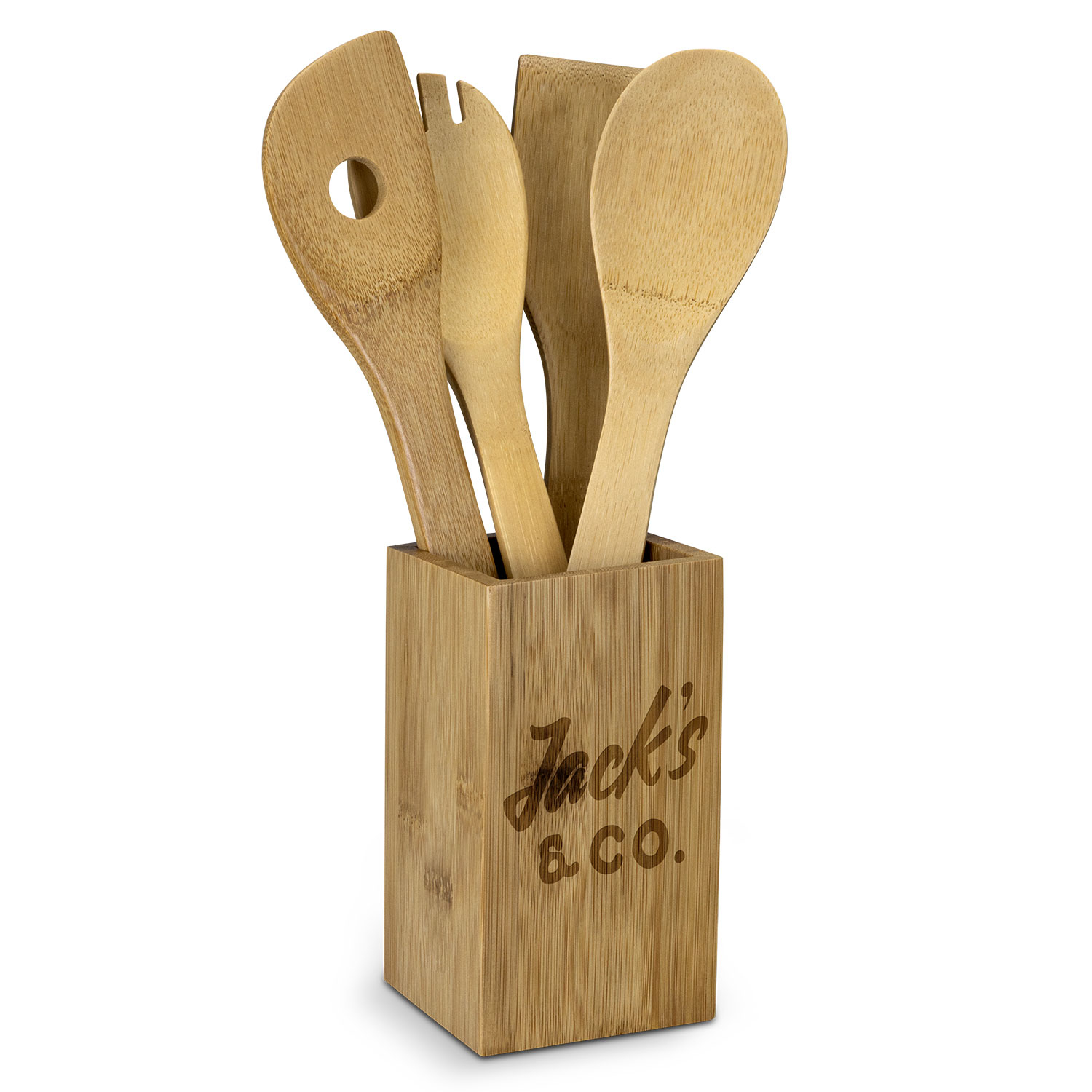 Eco Products
Eco Products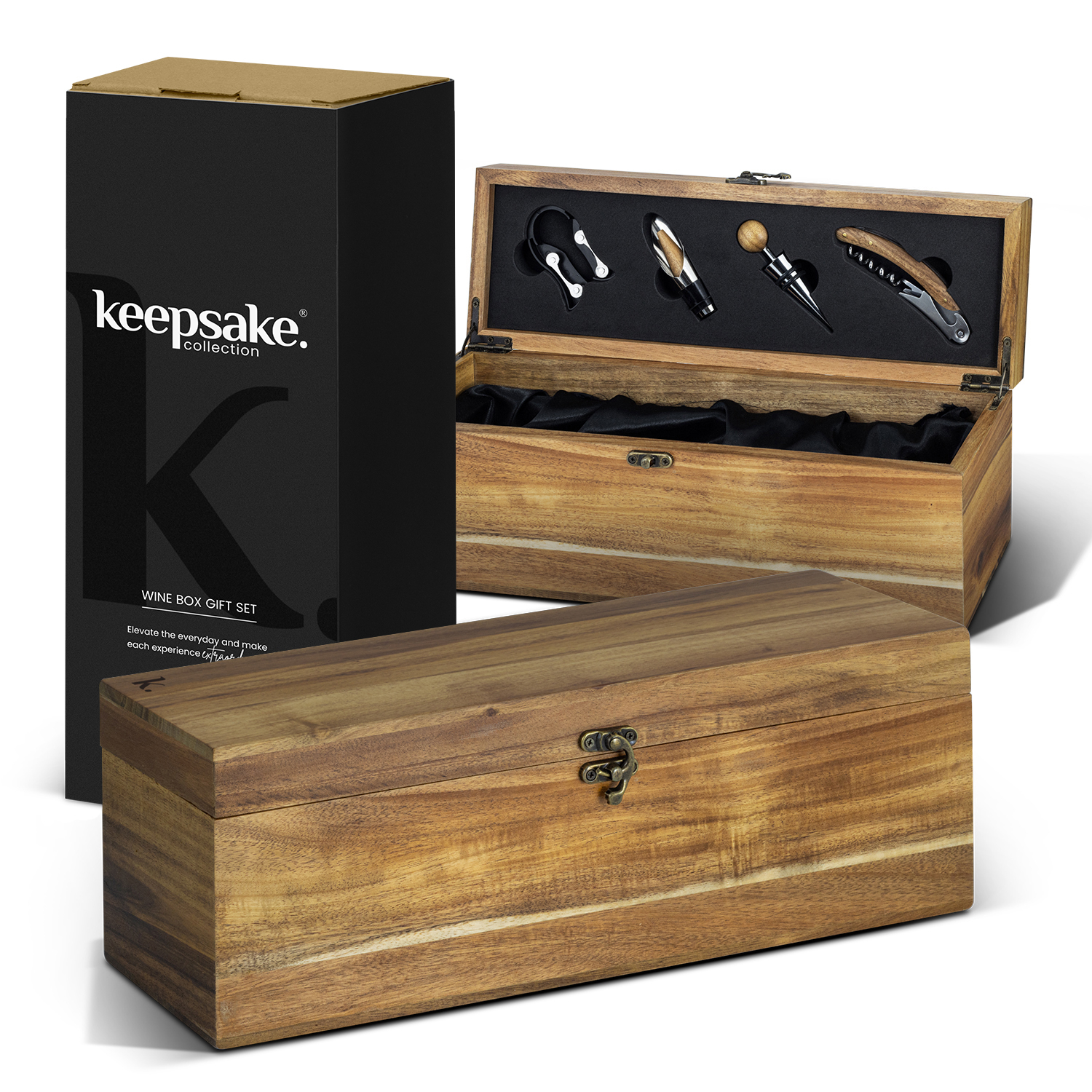 Gift Box Sets
Gift Box Sets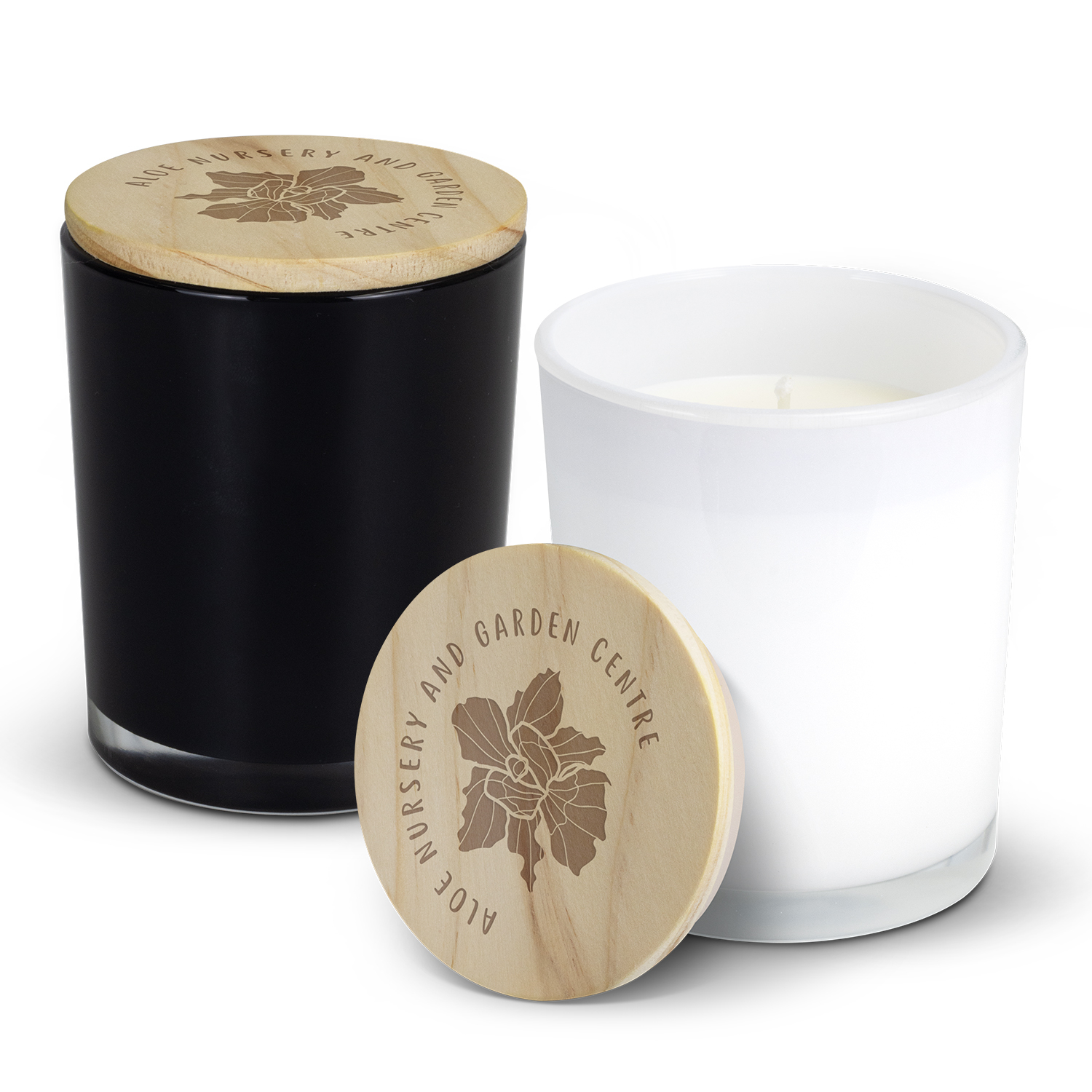 Homeware
Homeware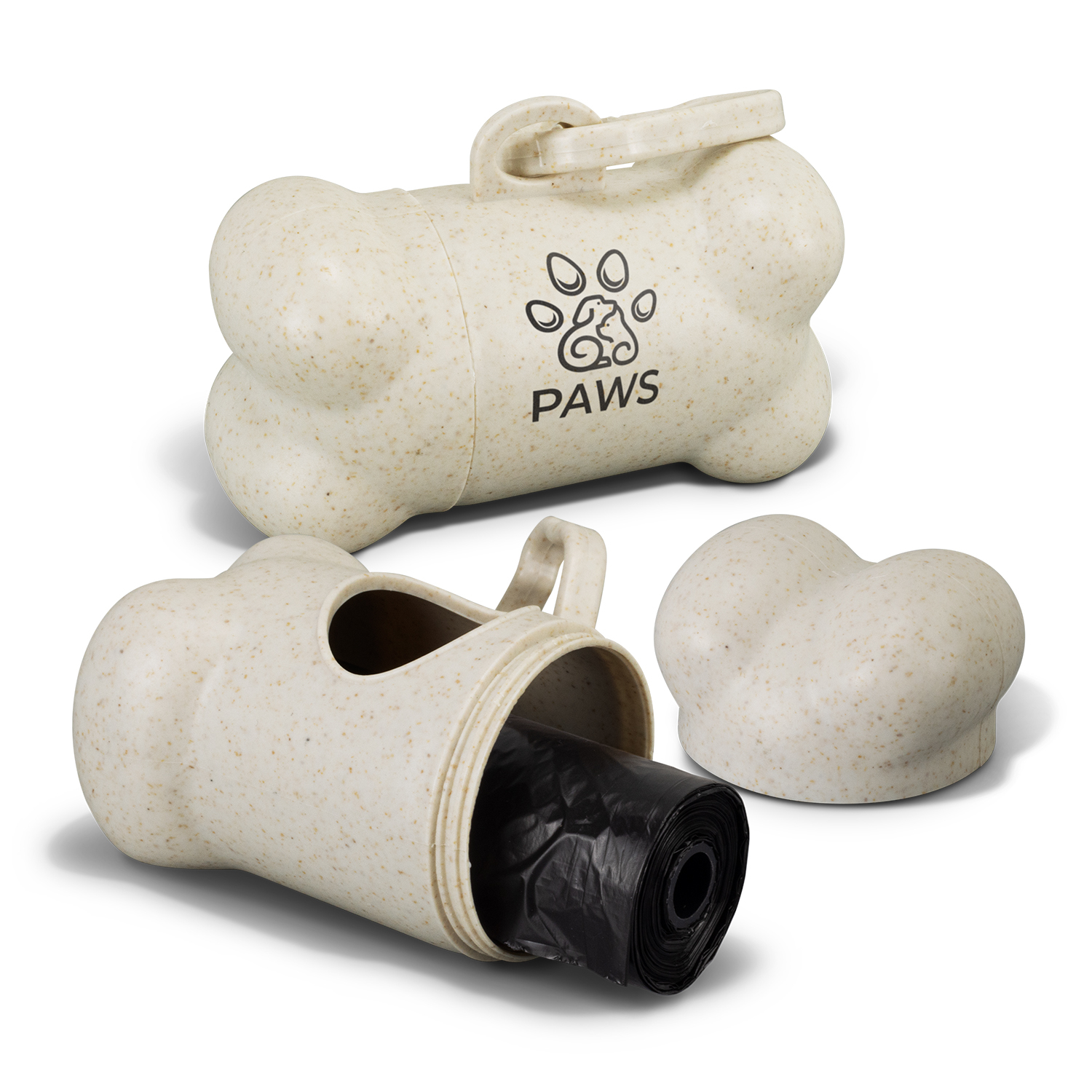 Pet Products
Pet Products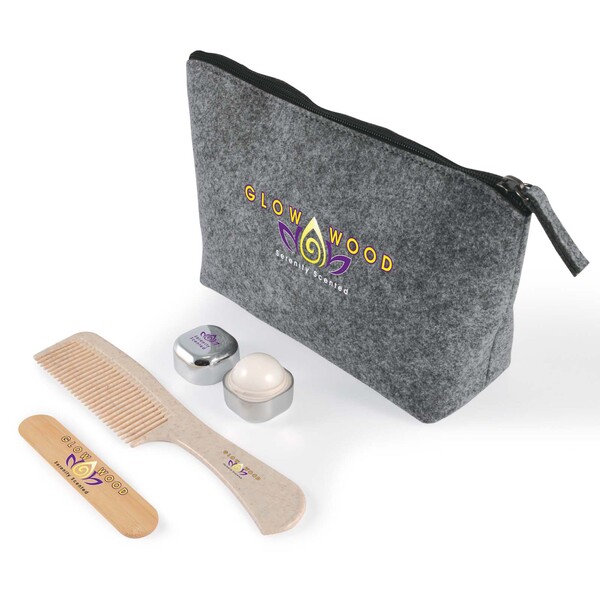 Personal Care
Personal Care Occasion Ideas
Occasion Ideas